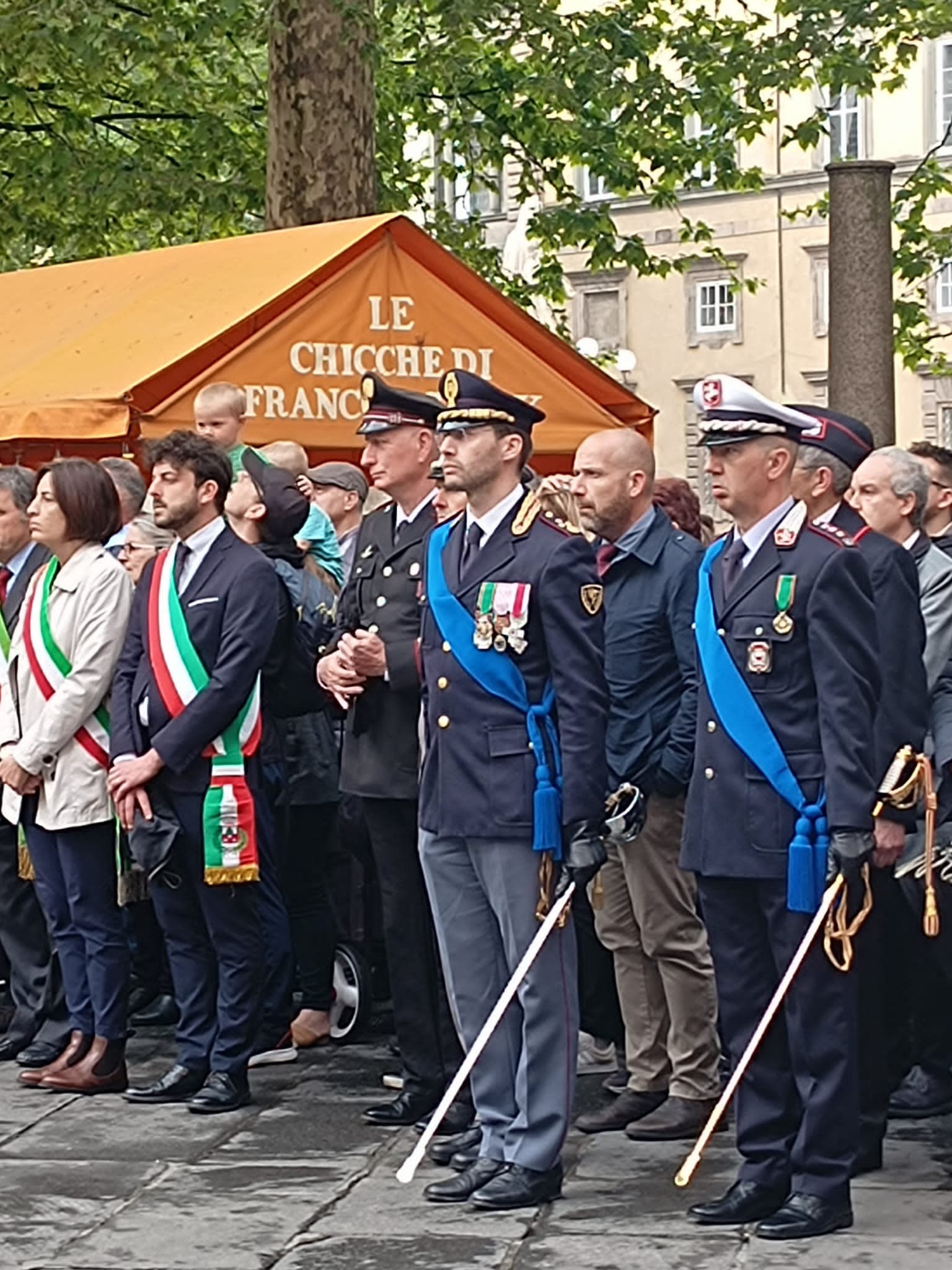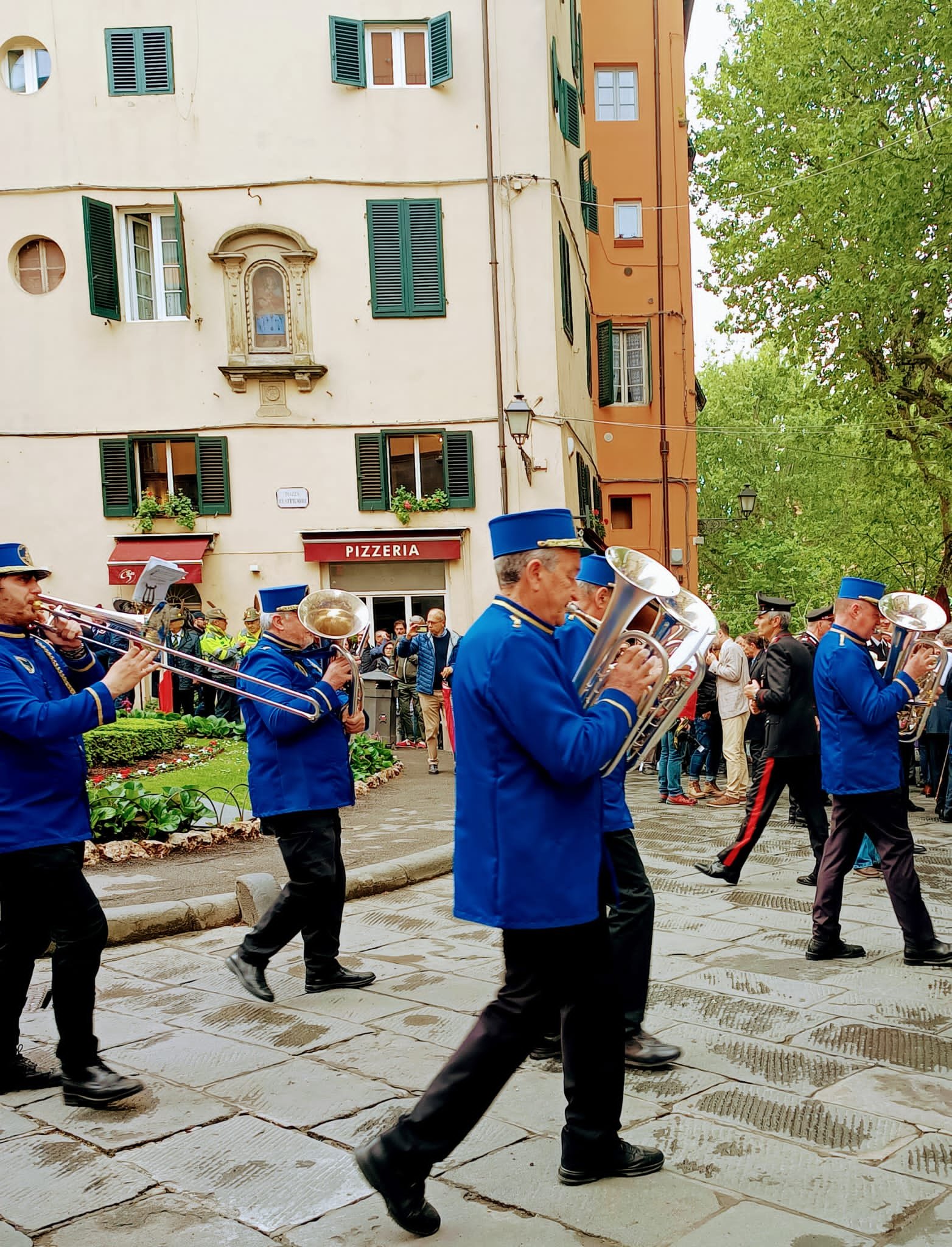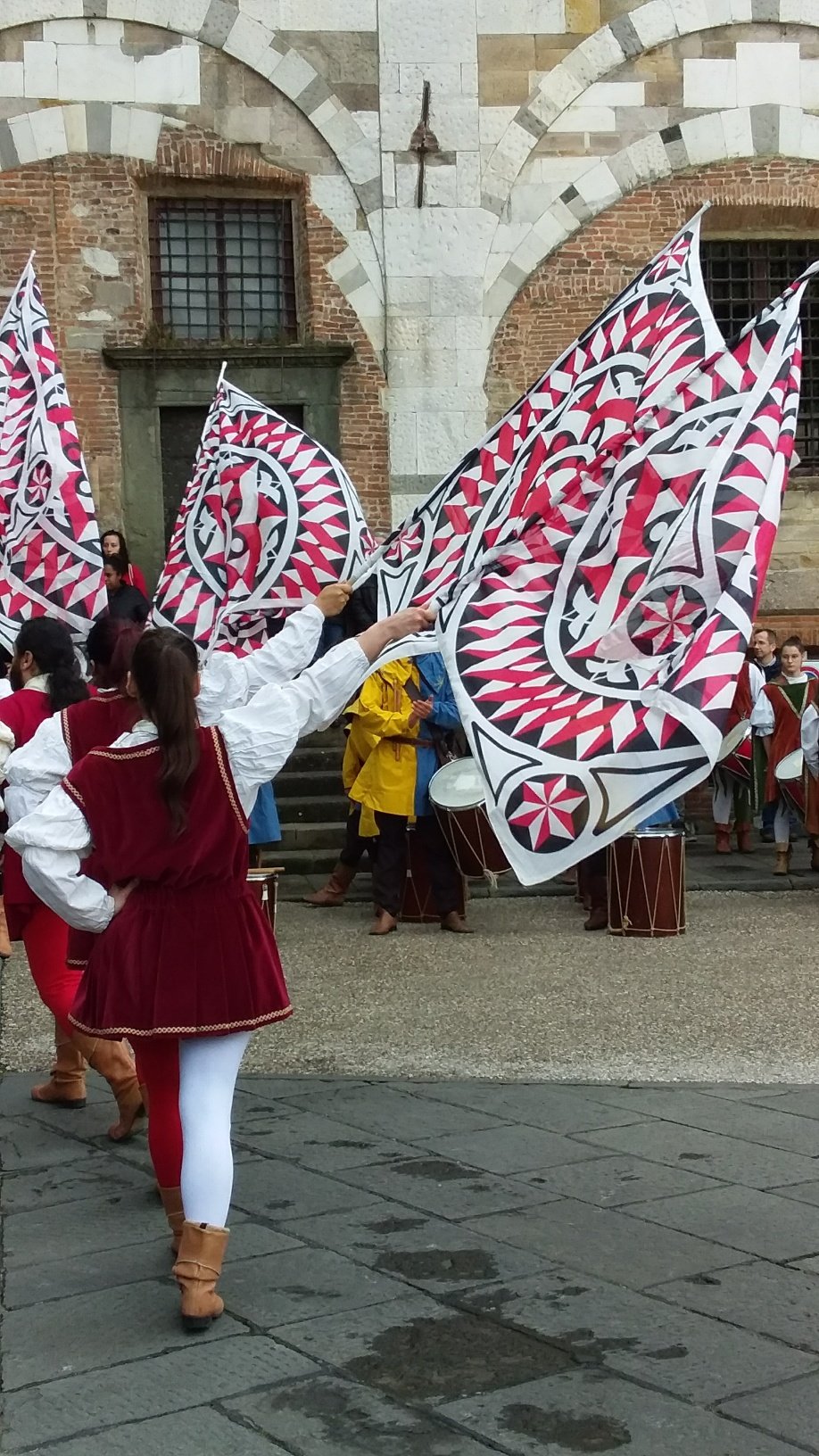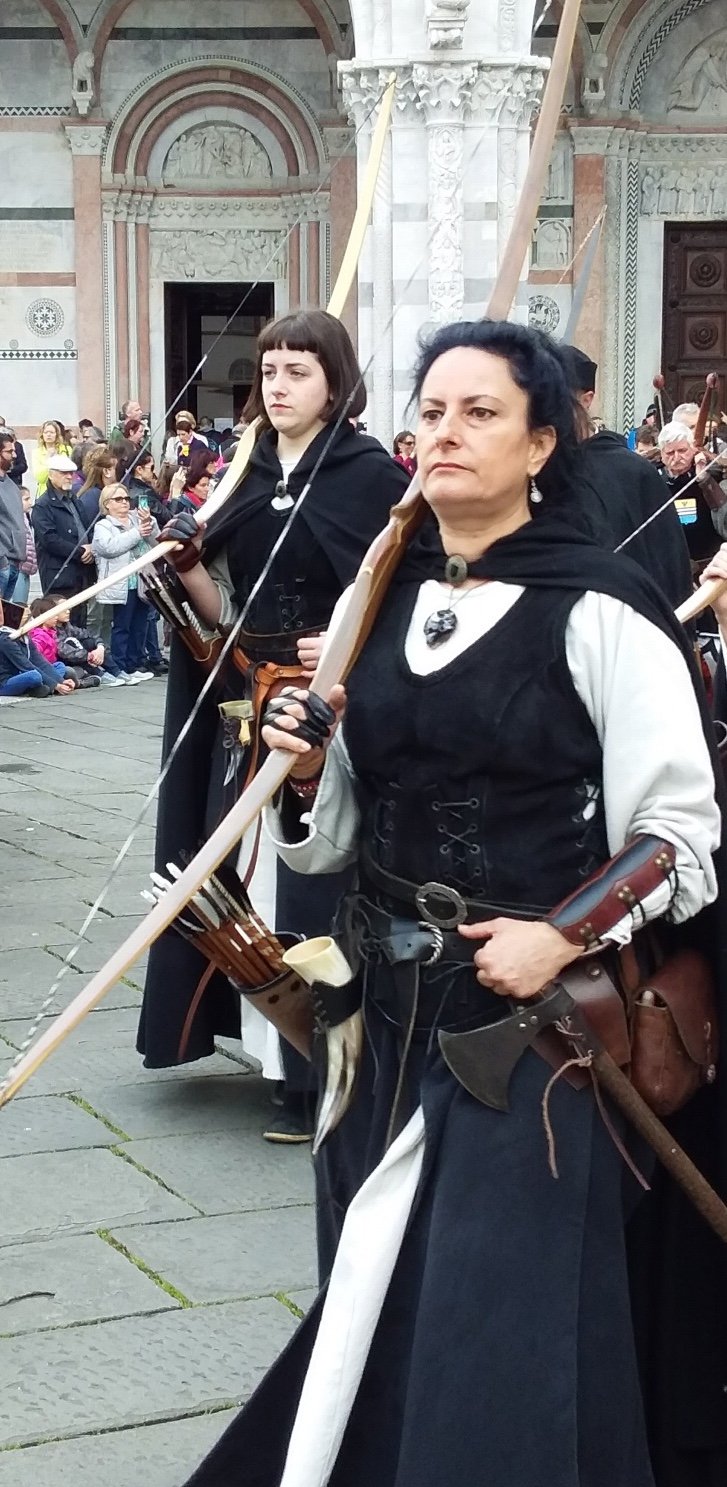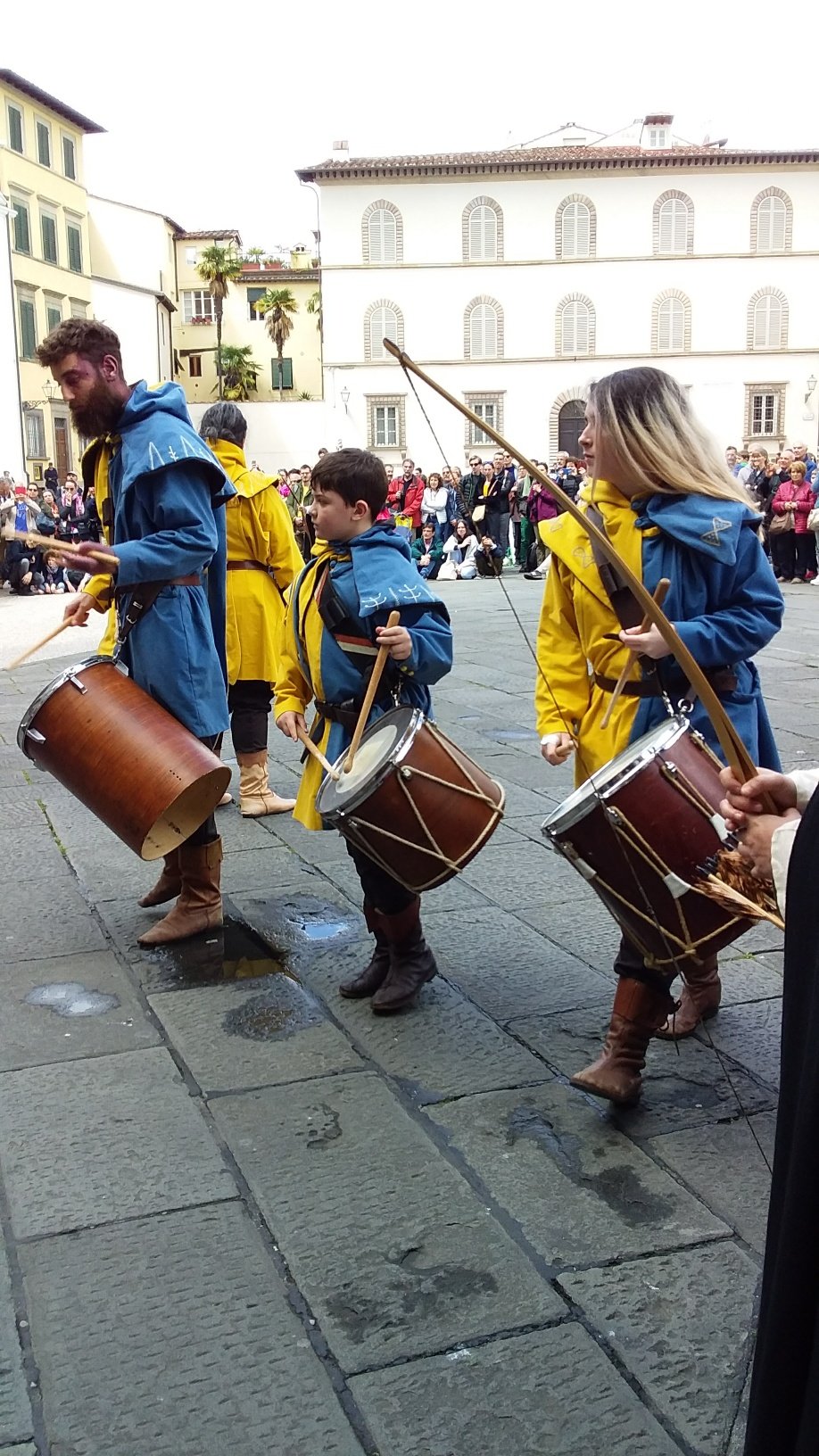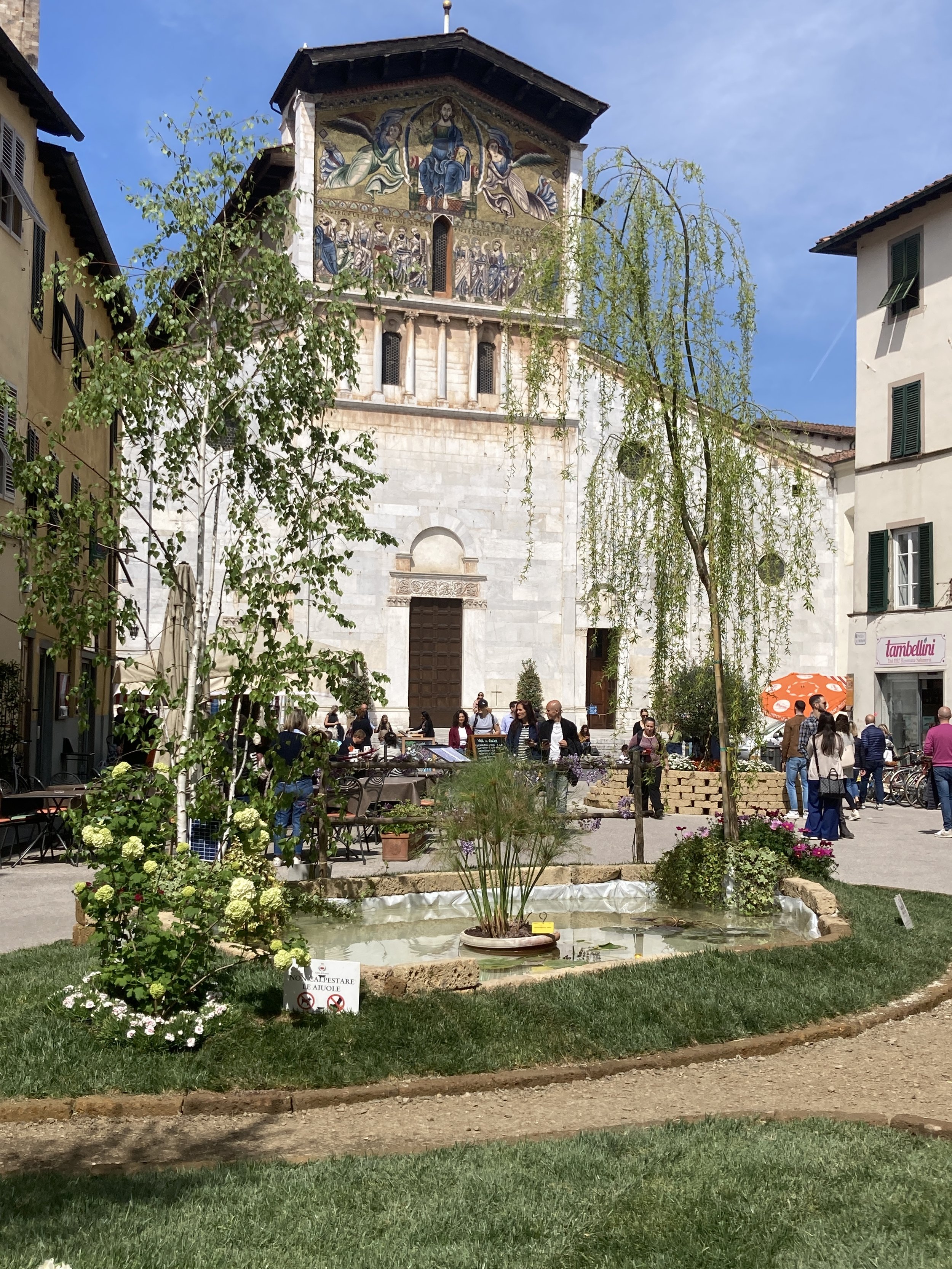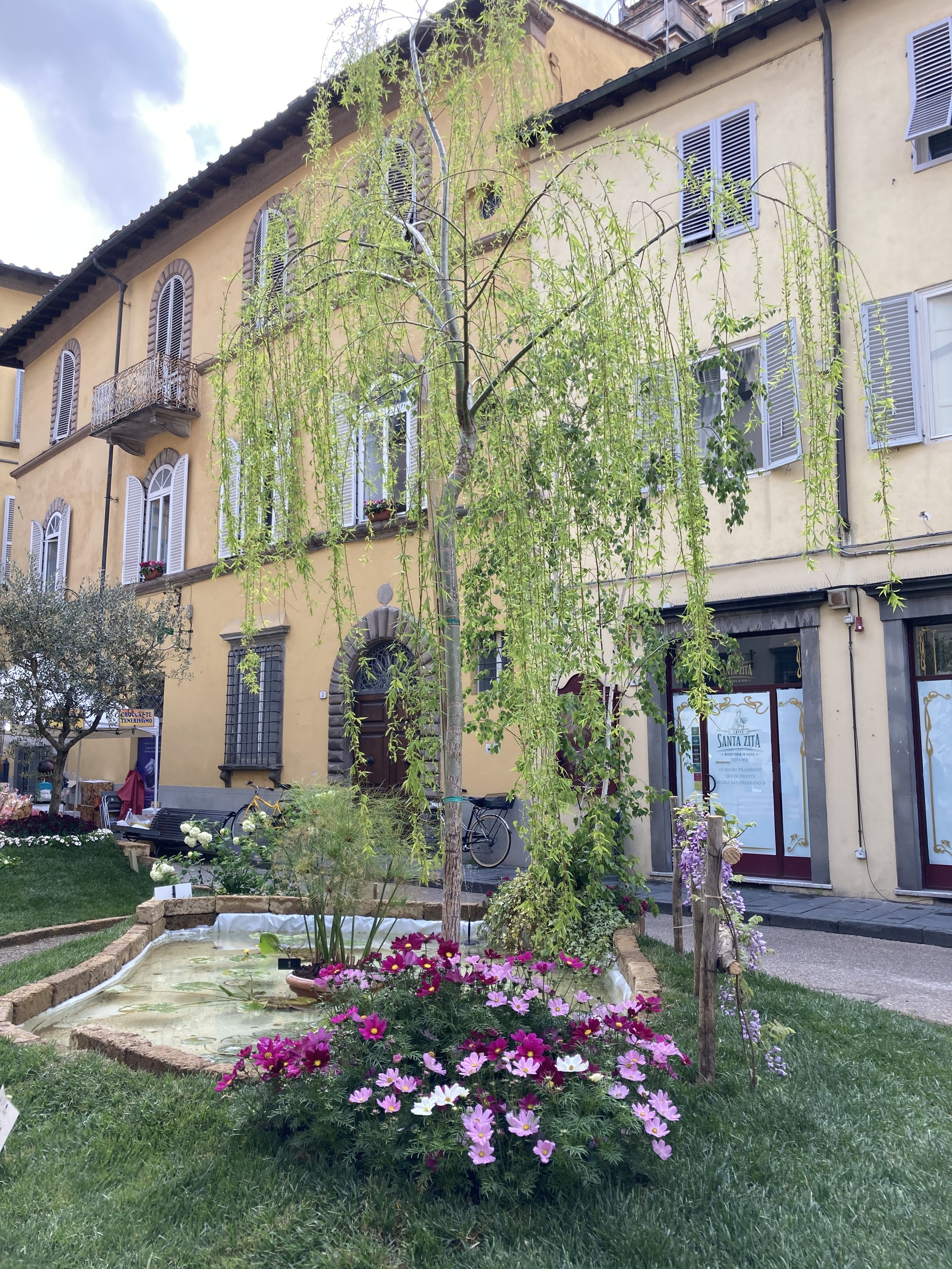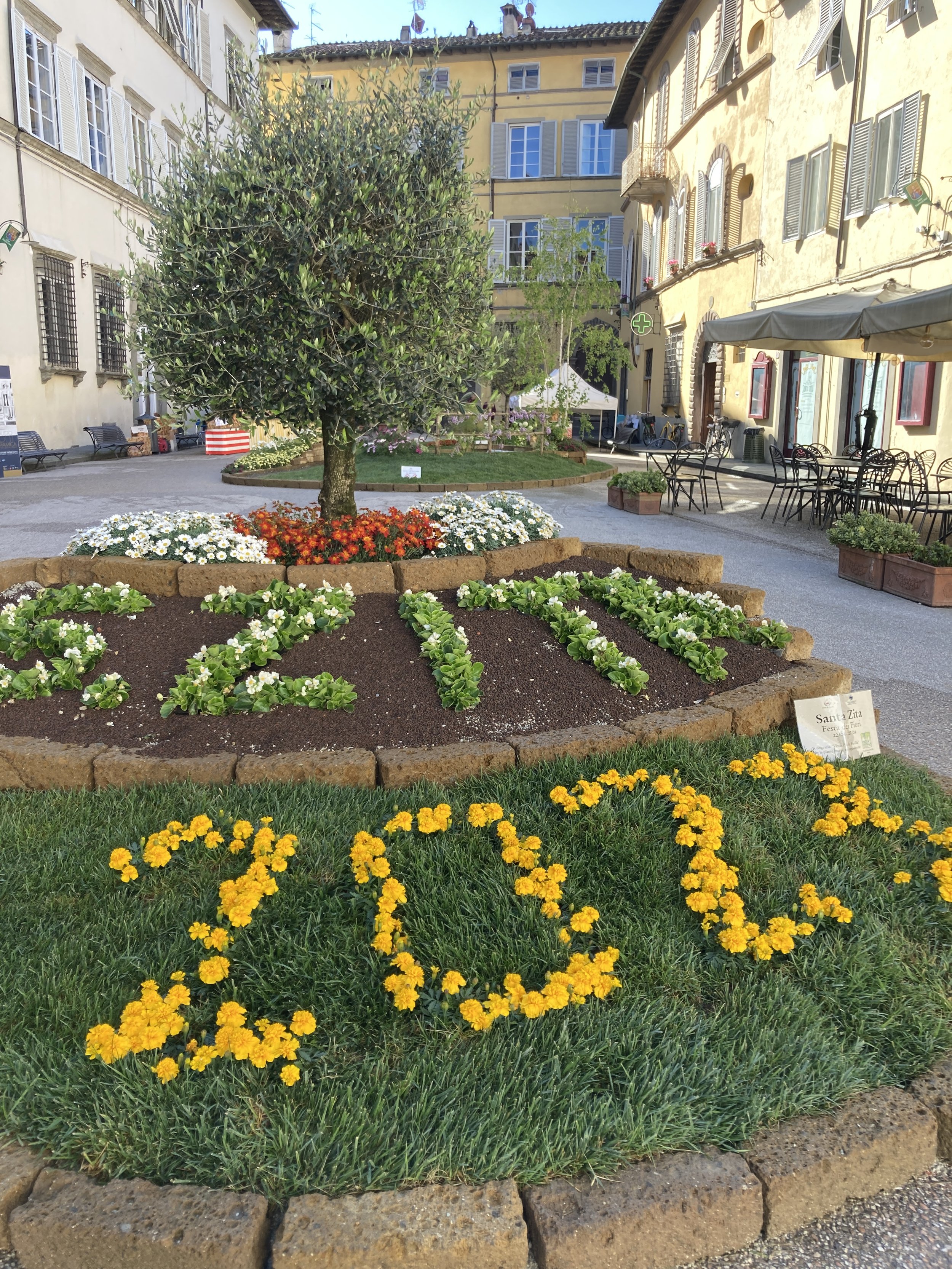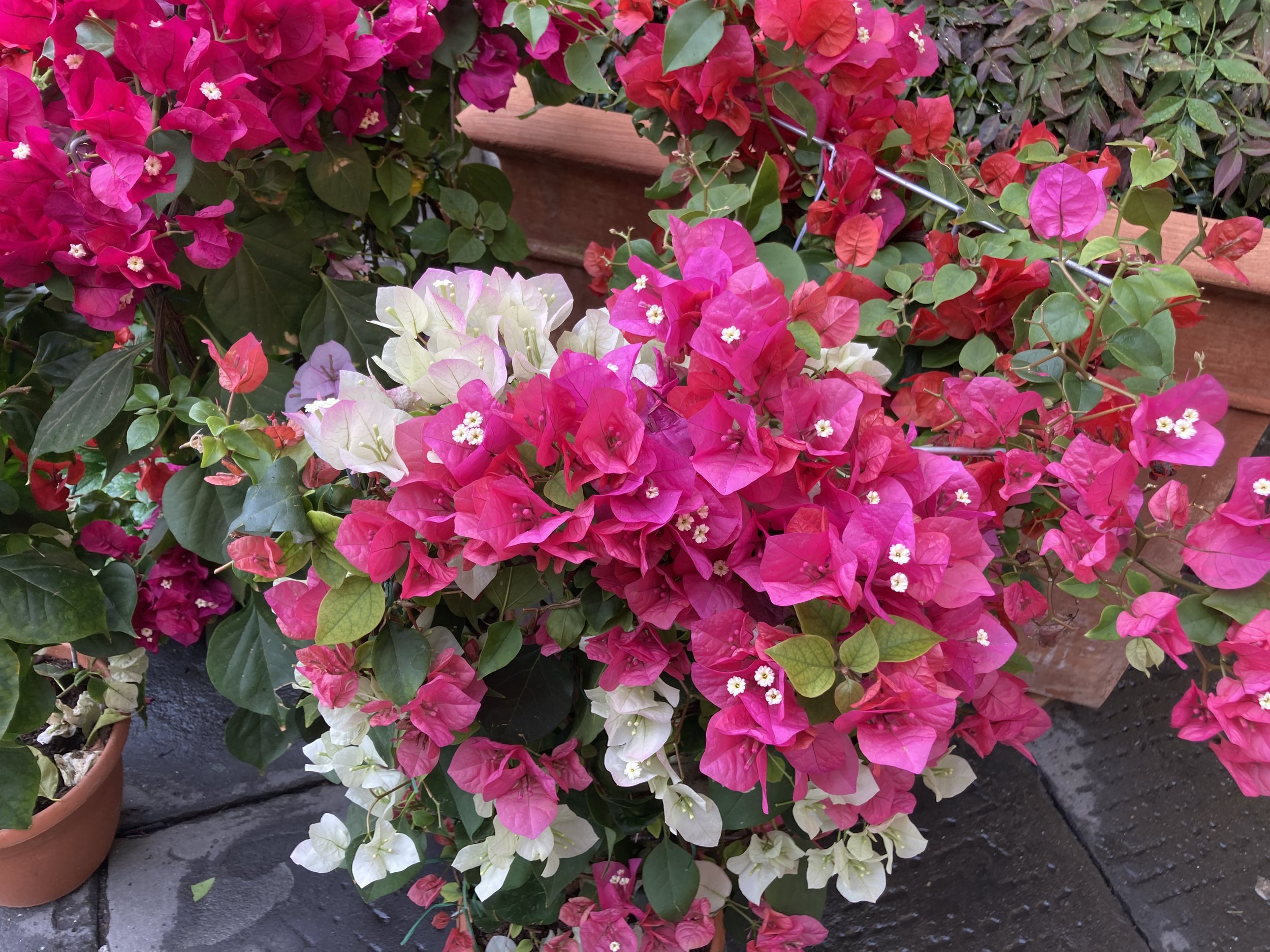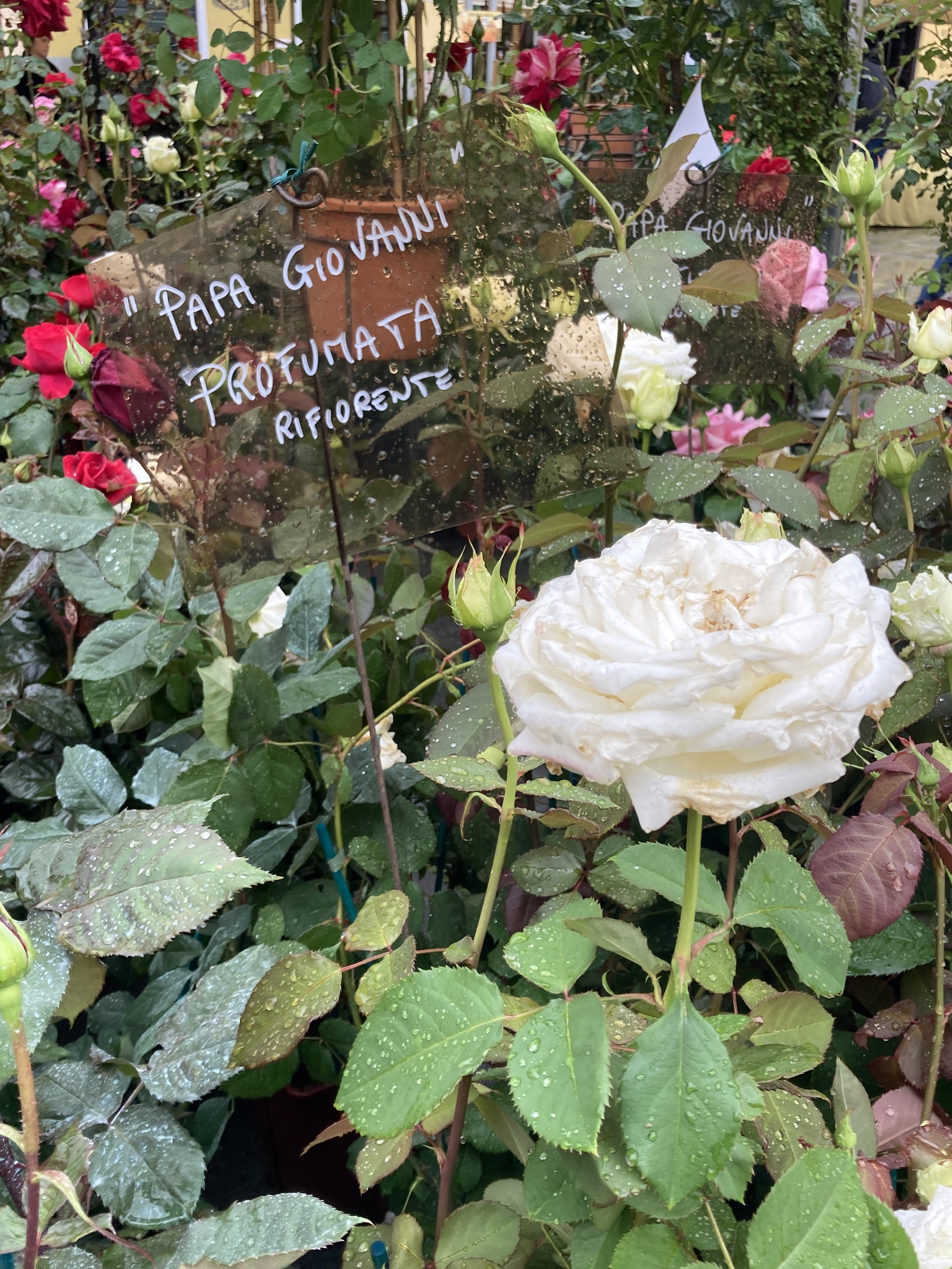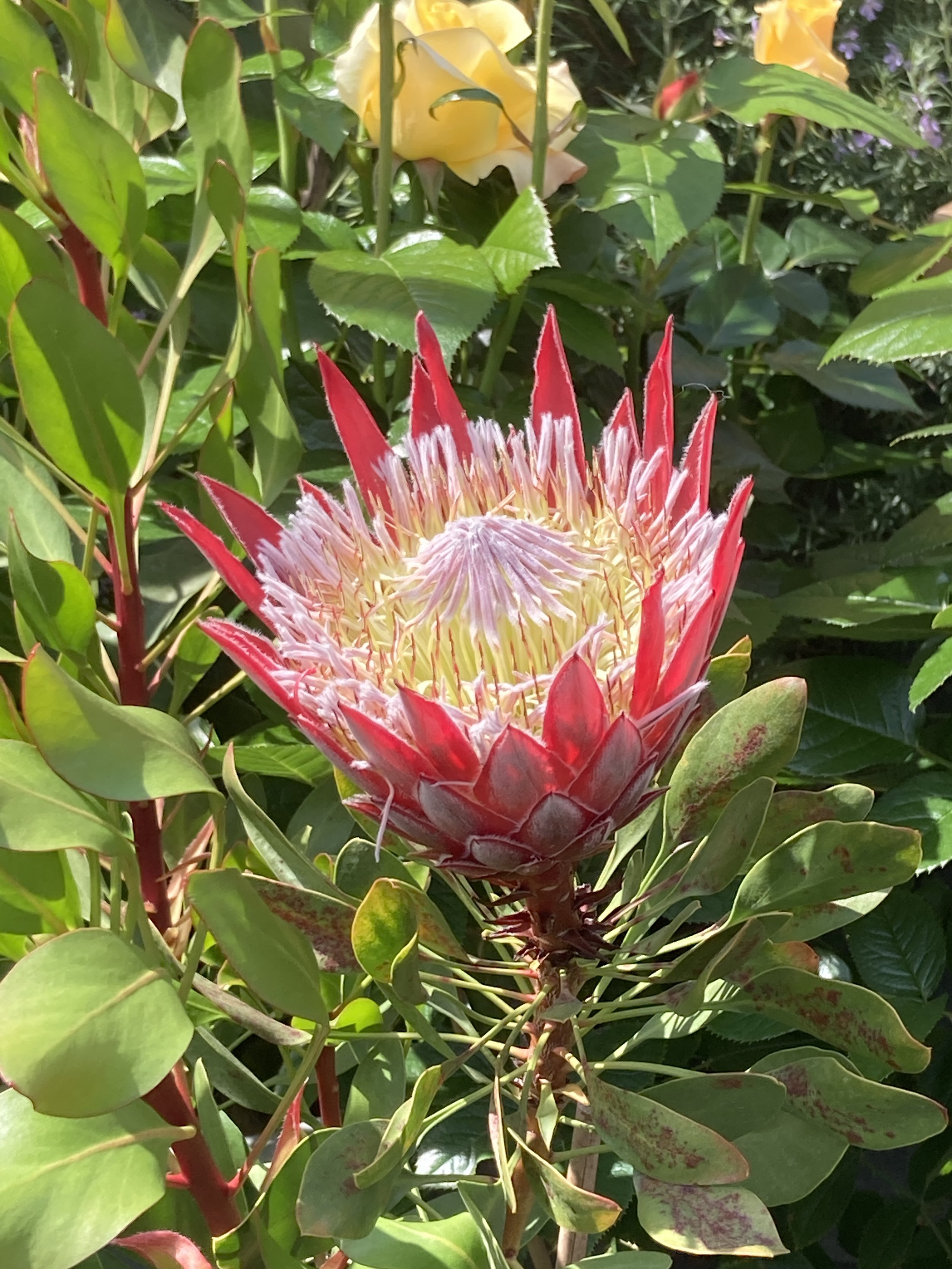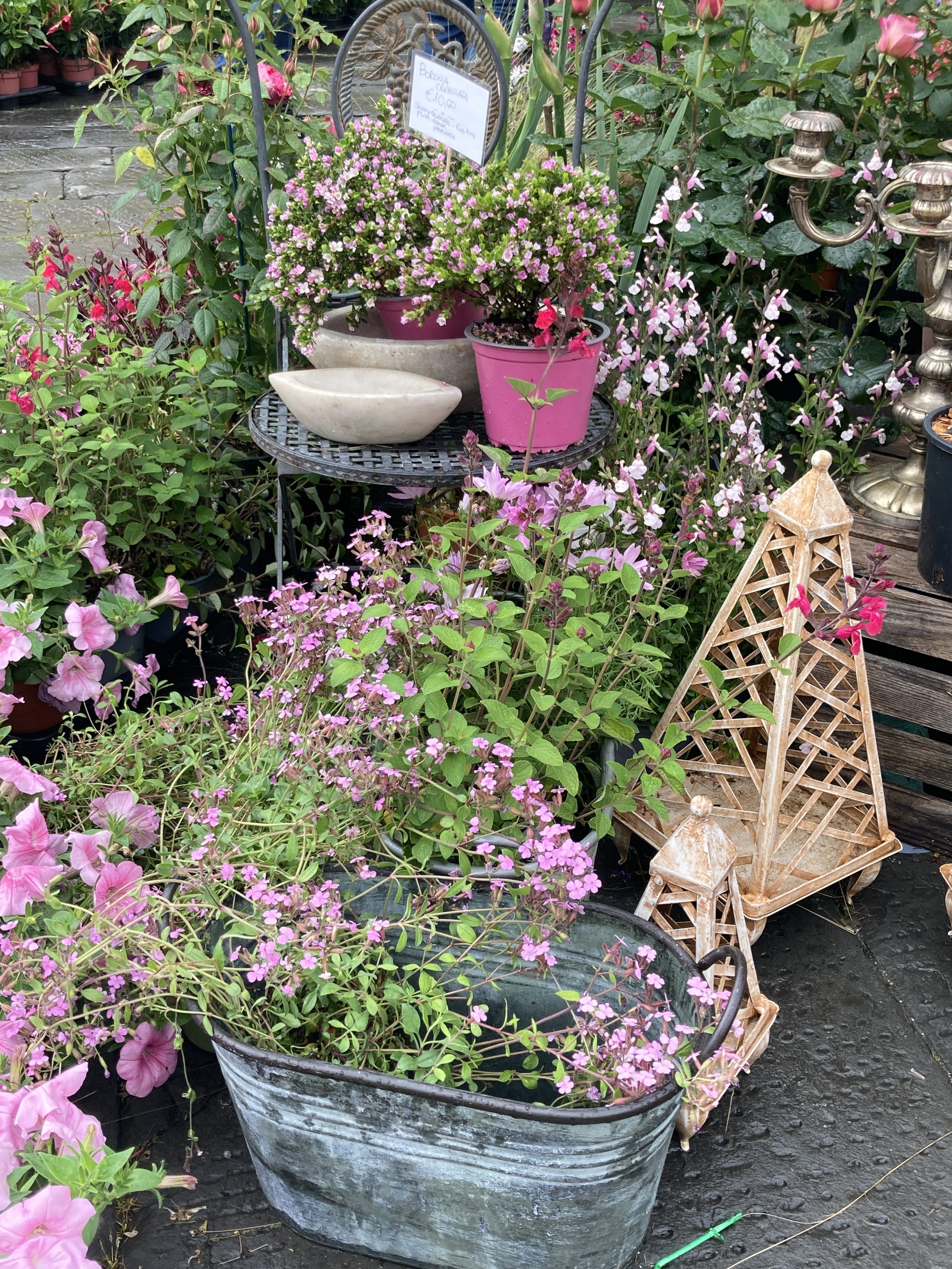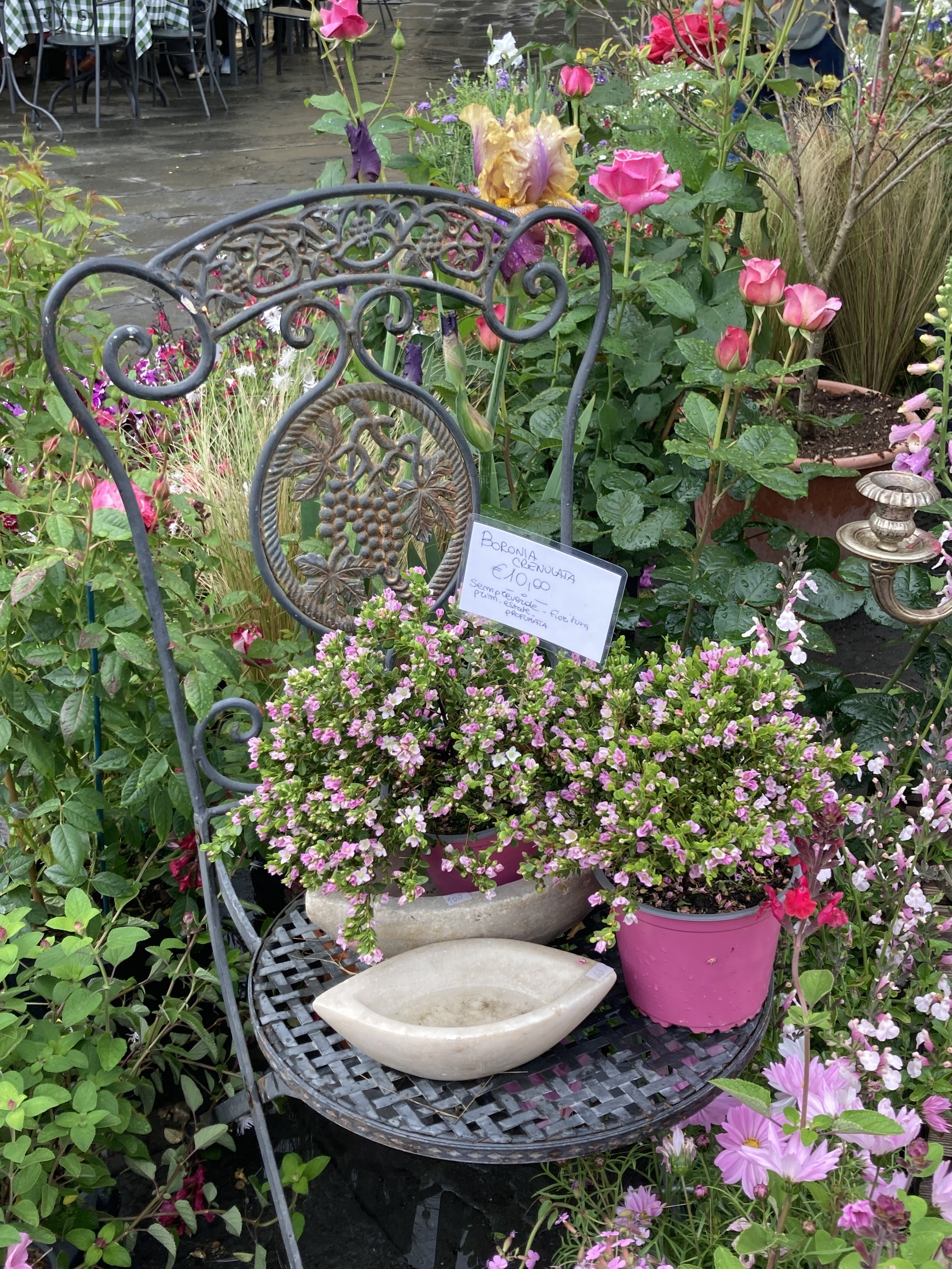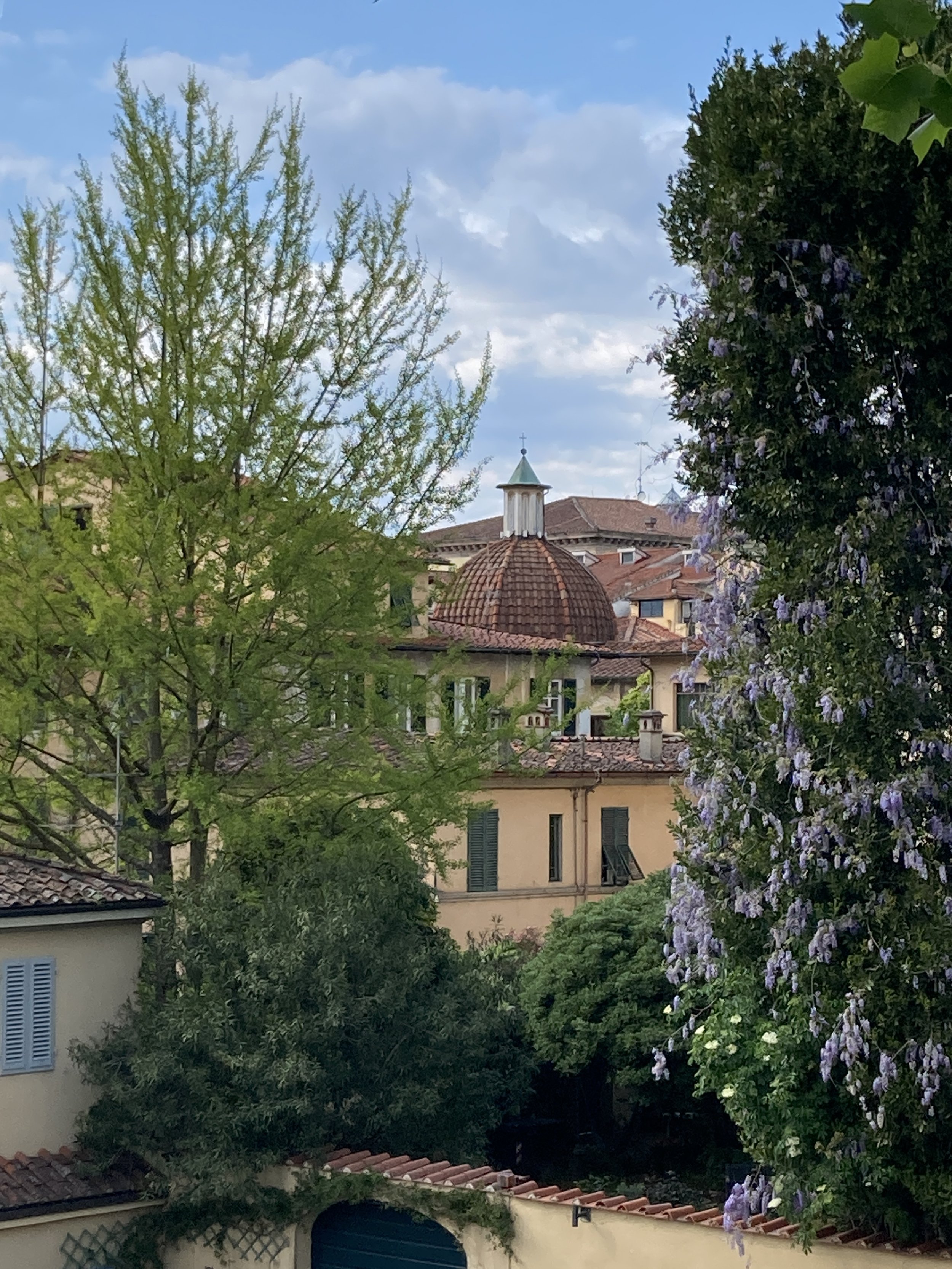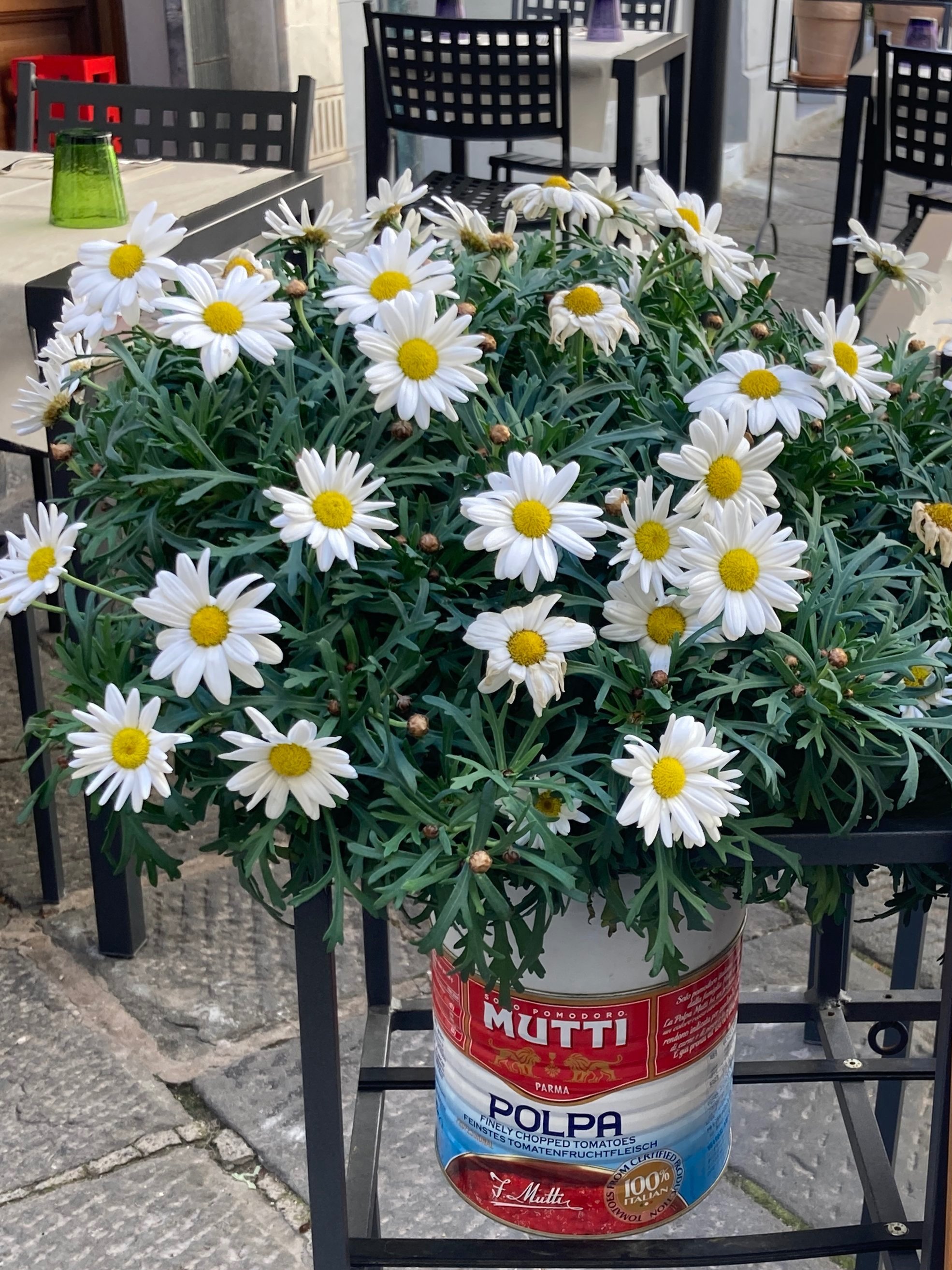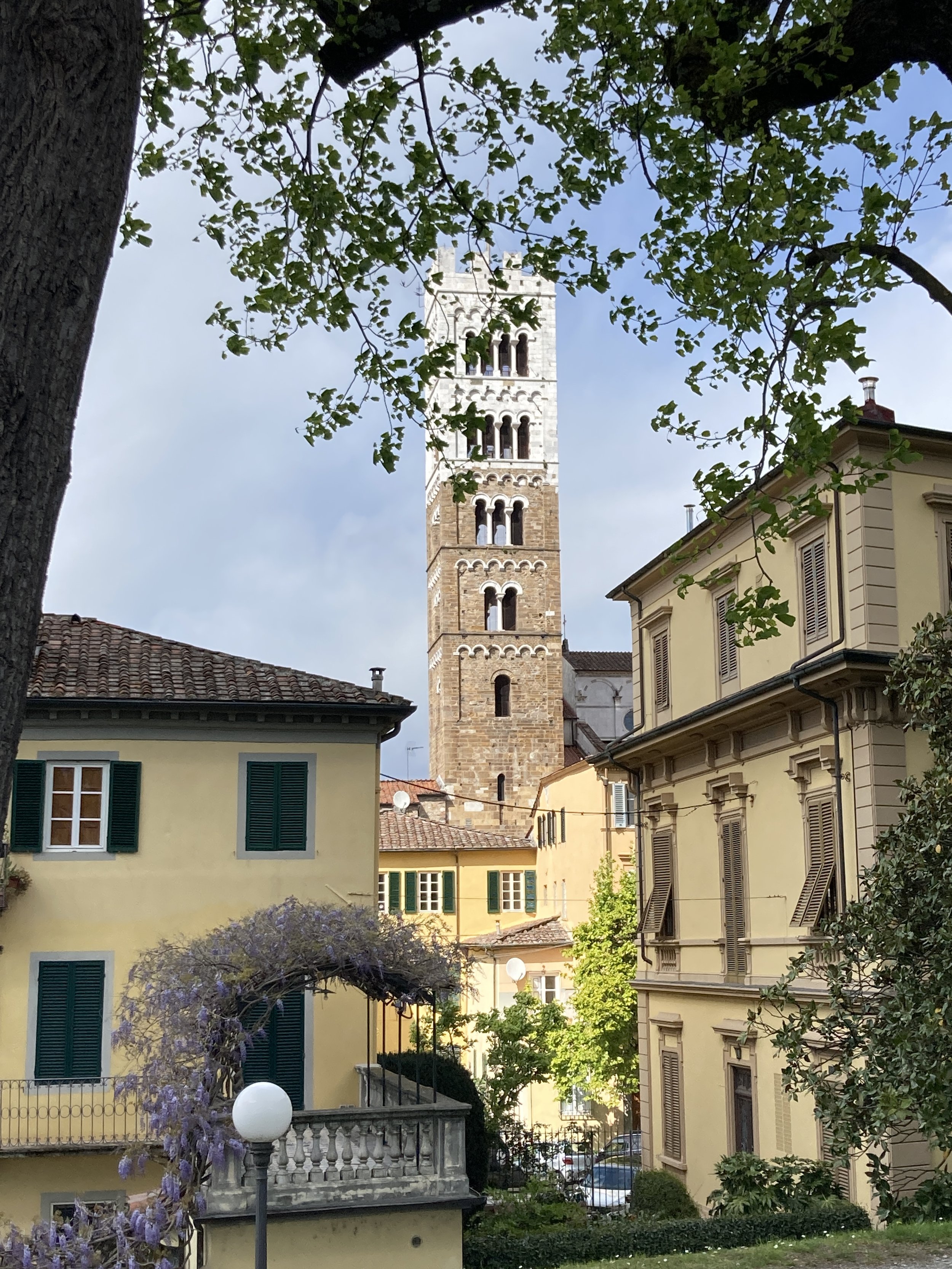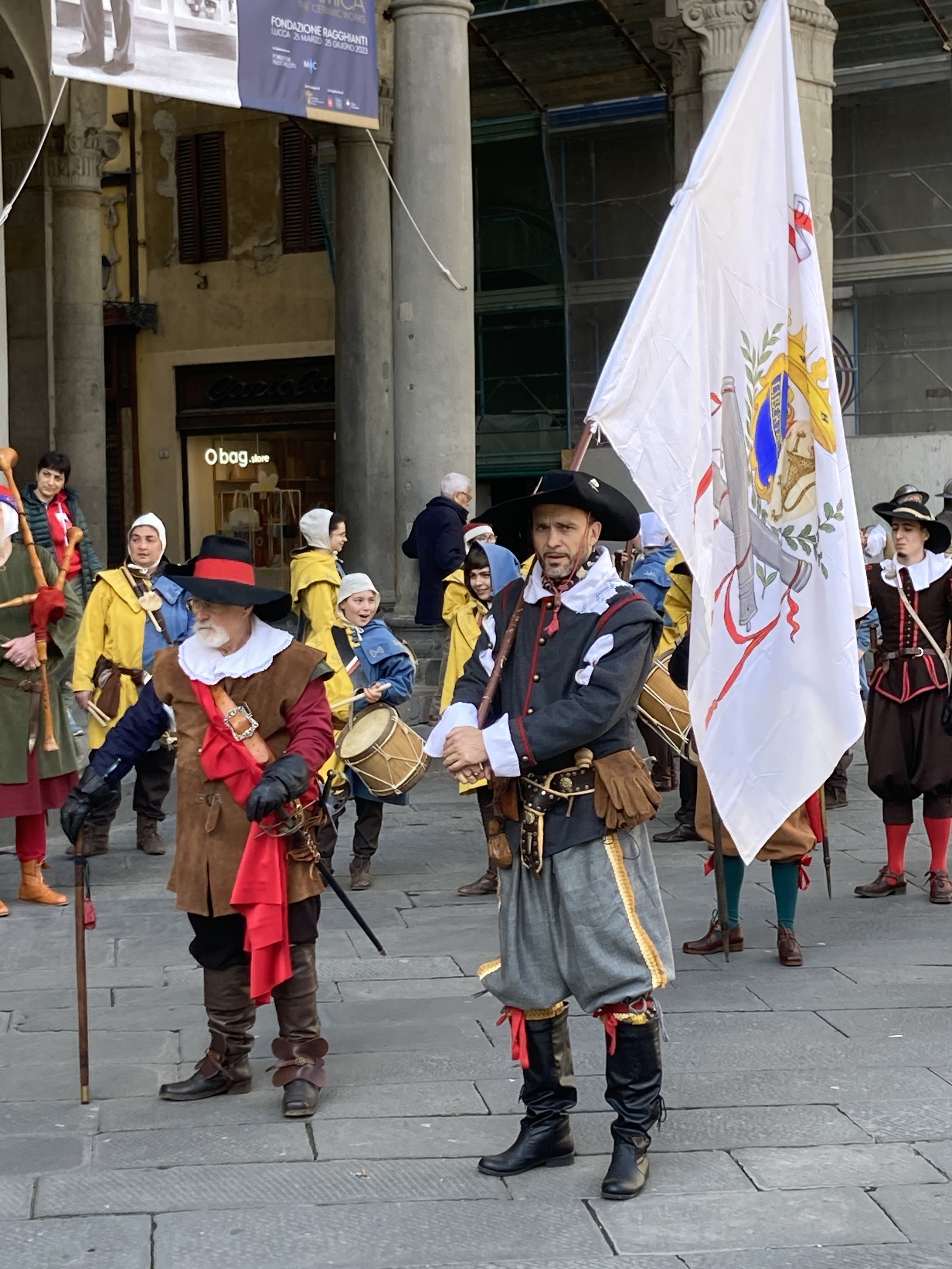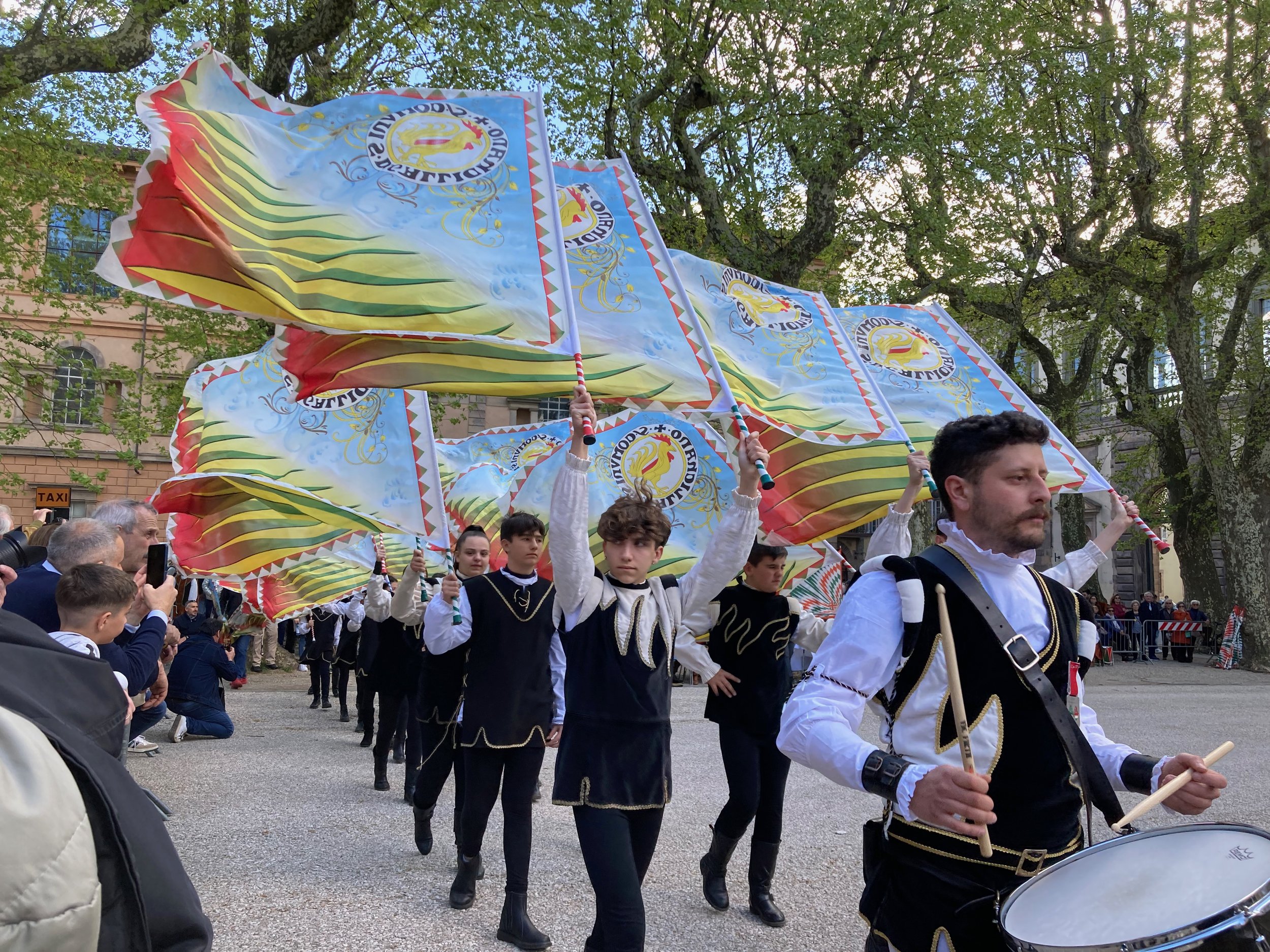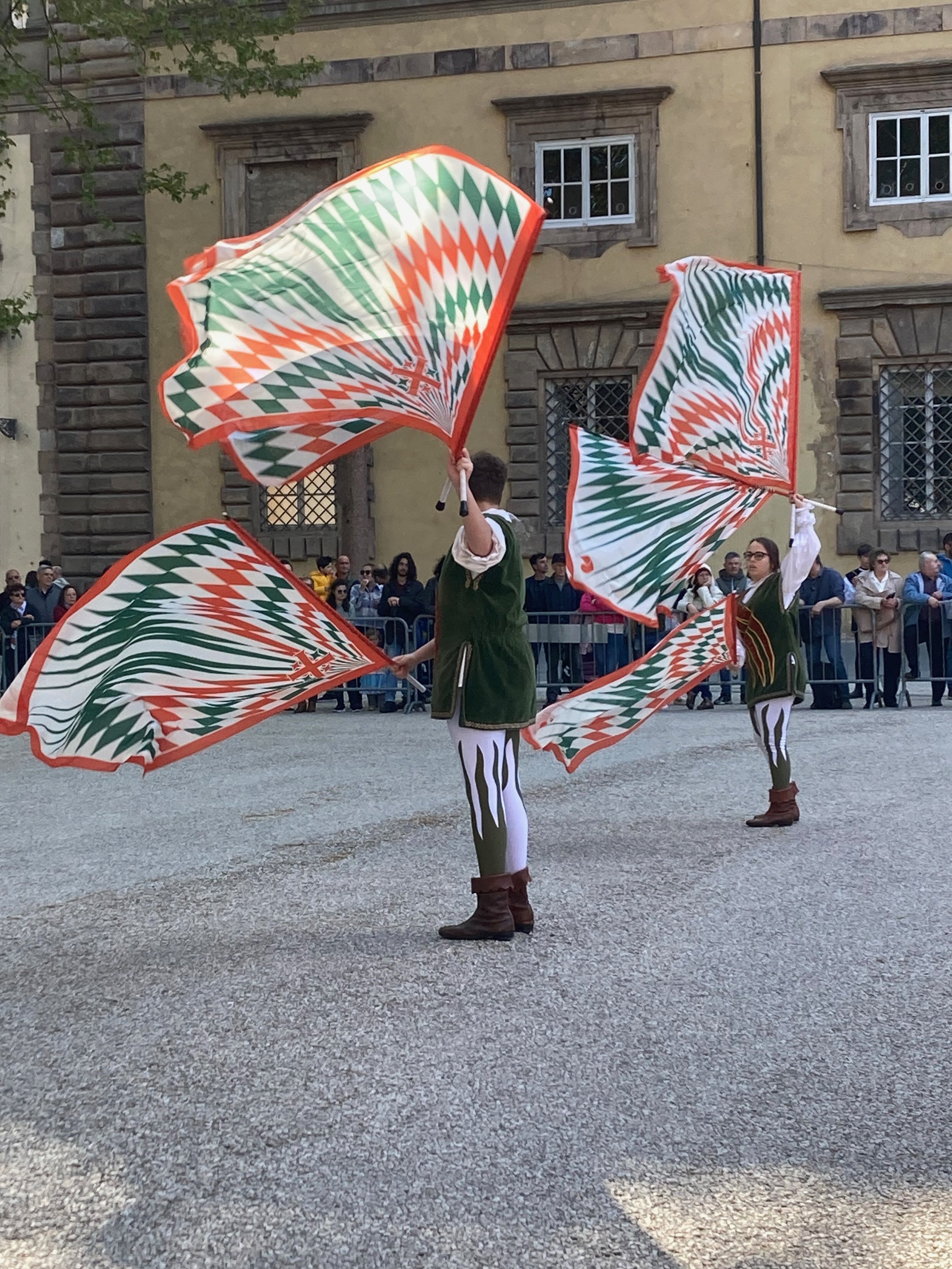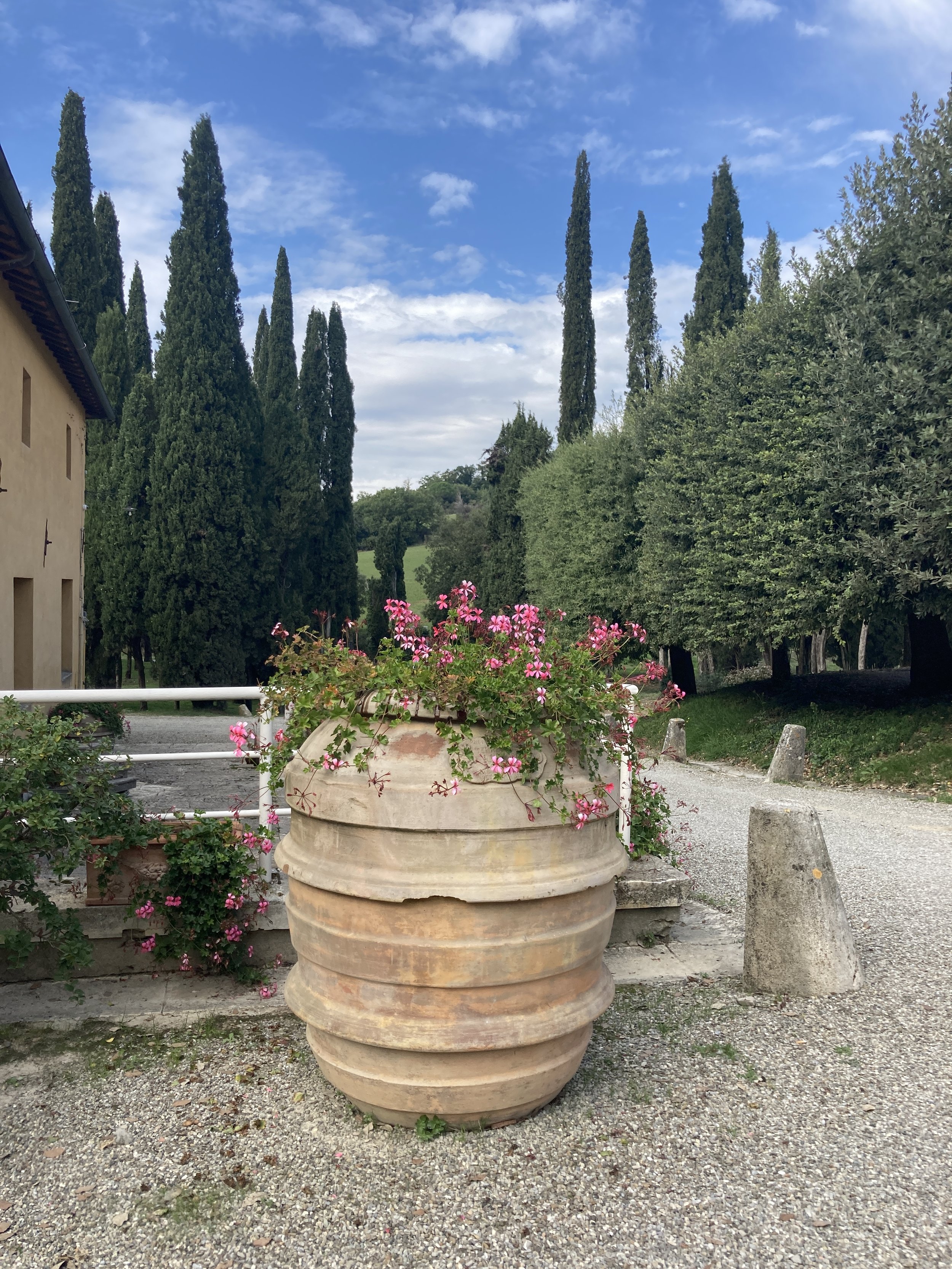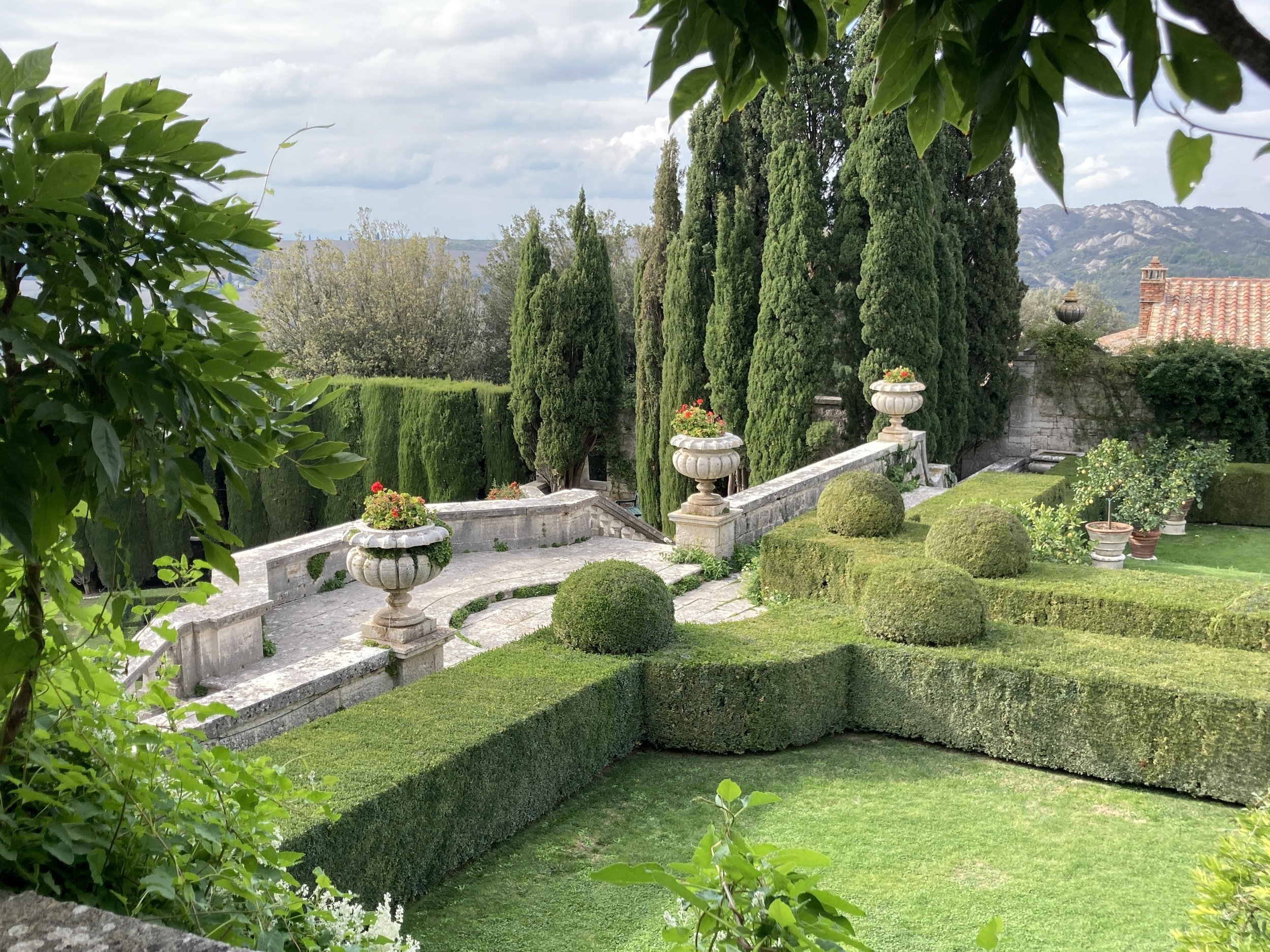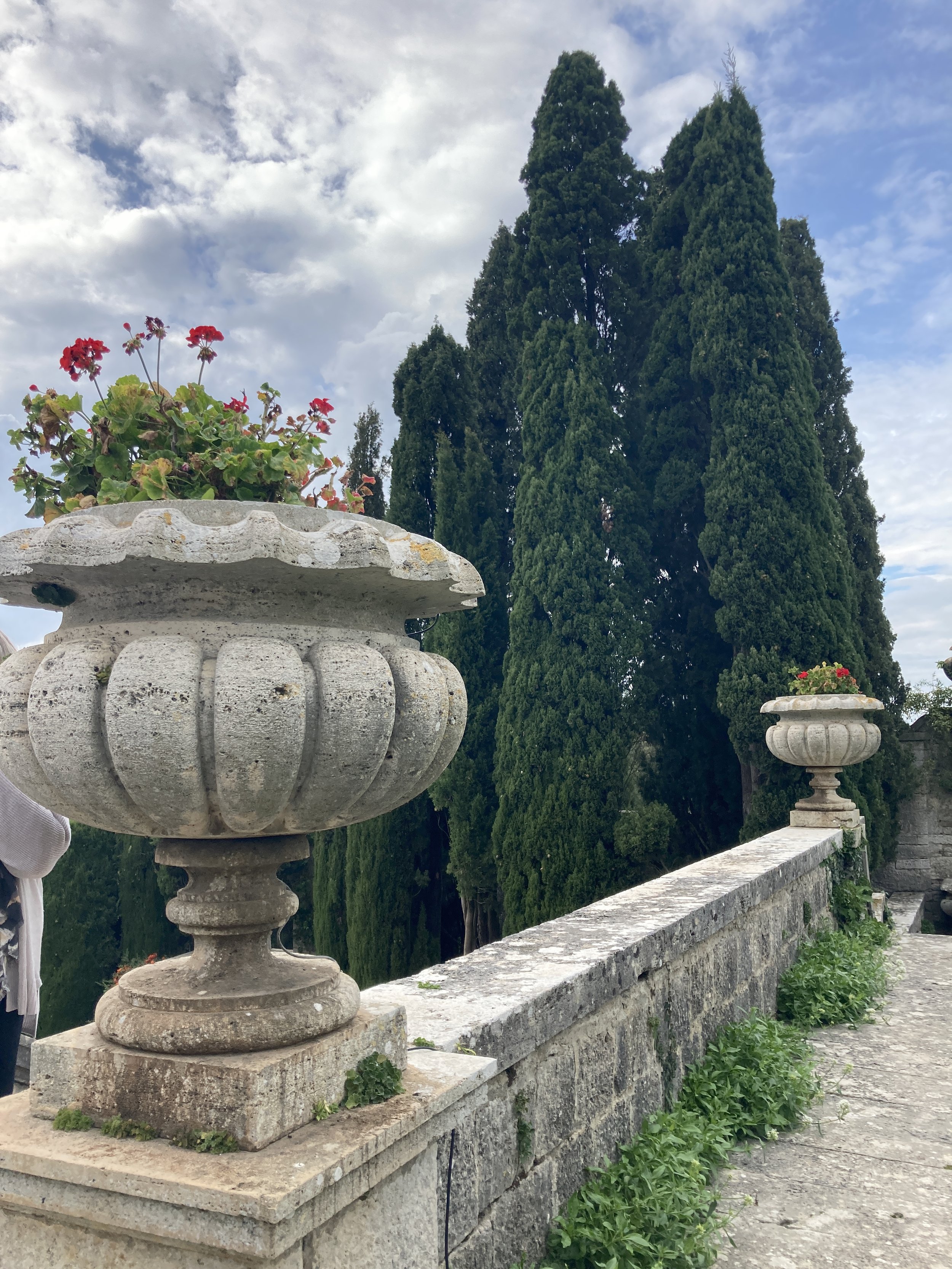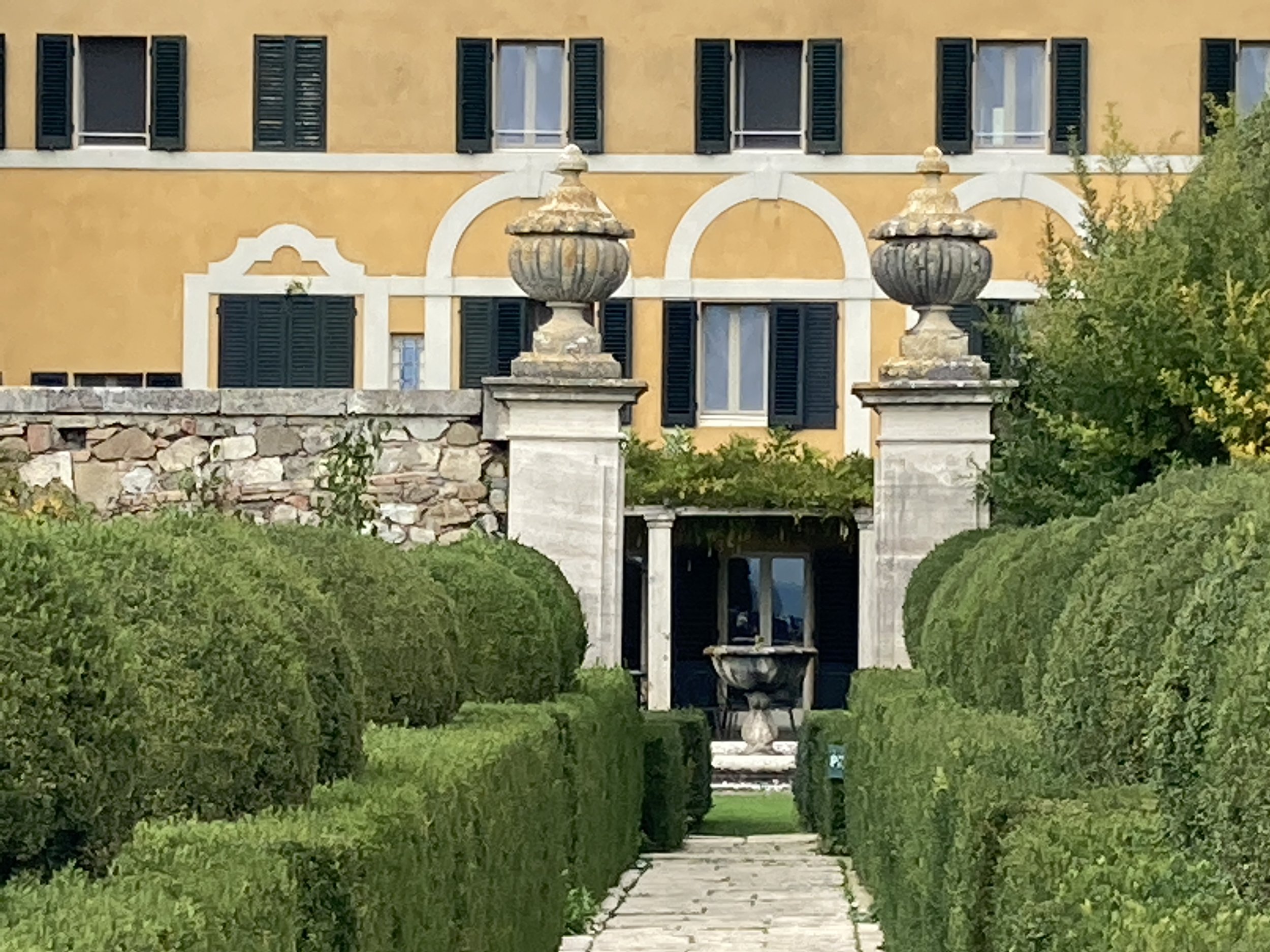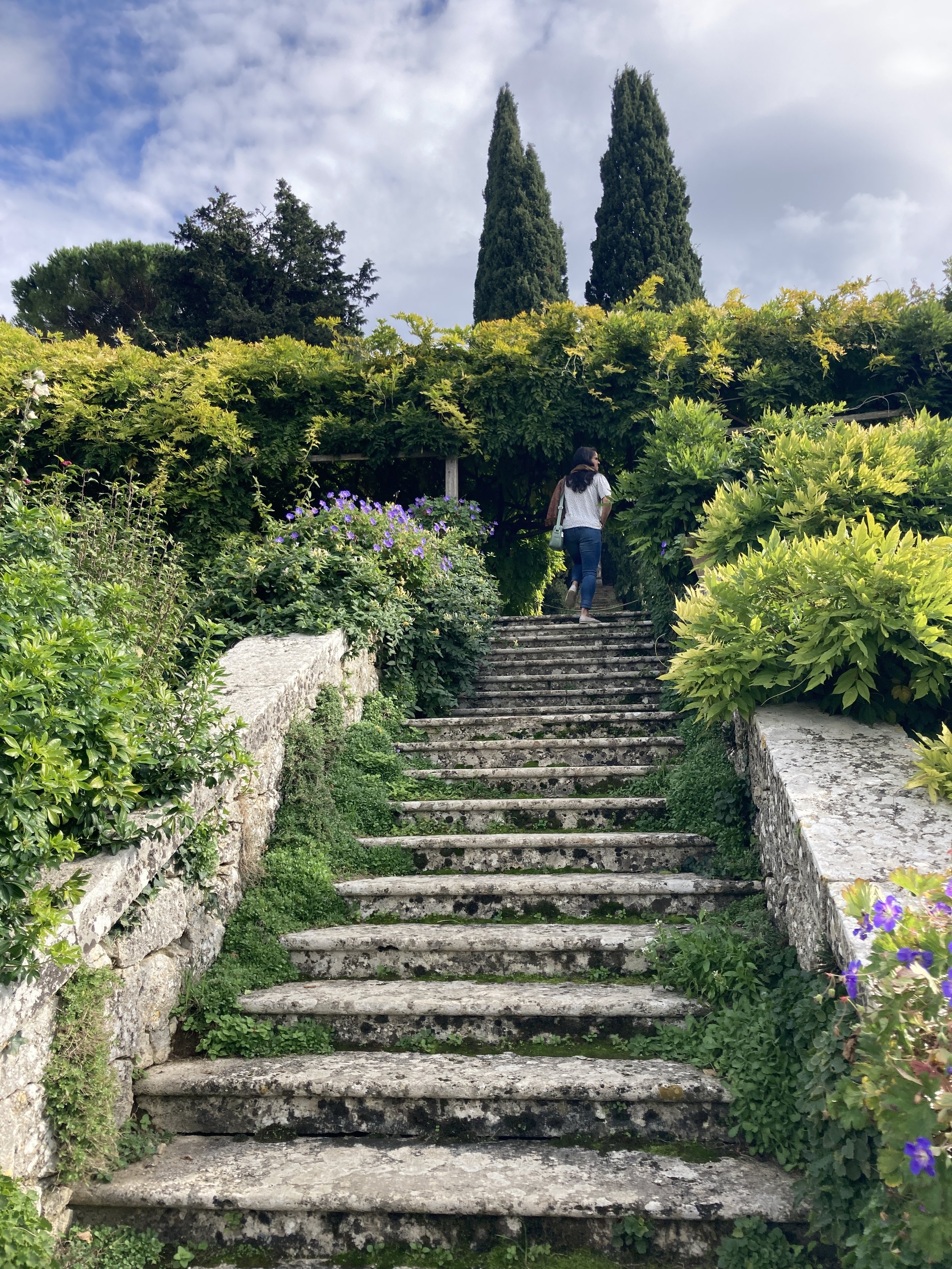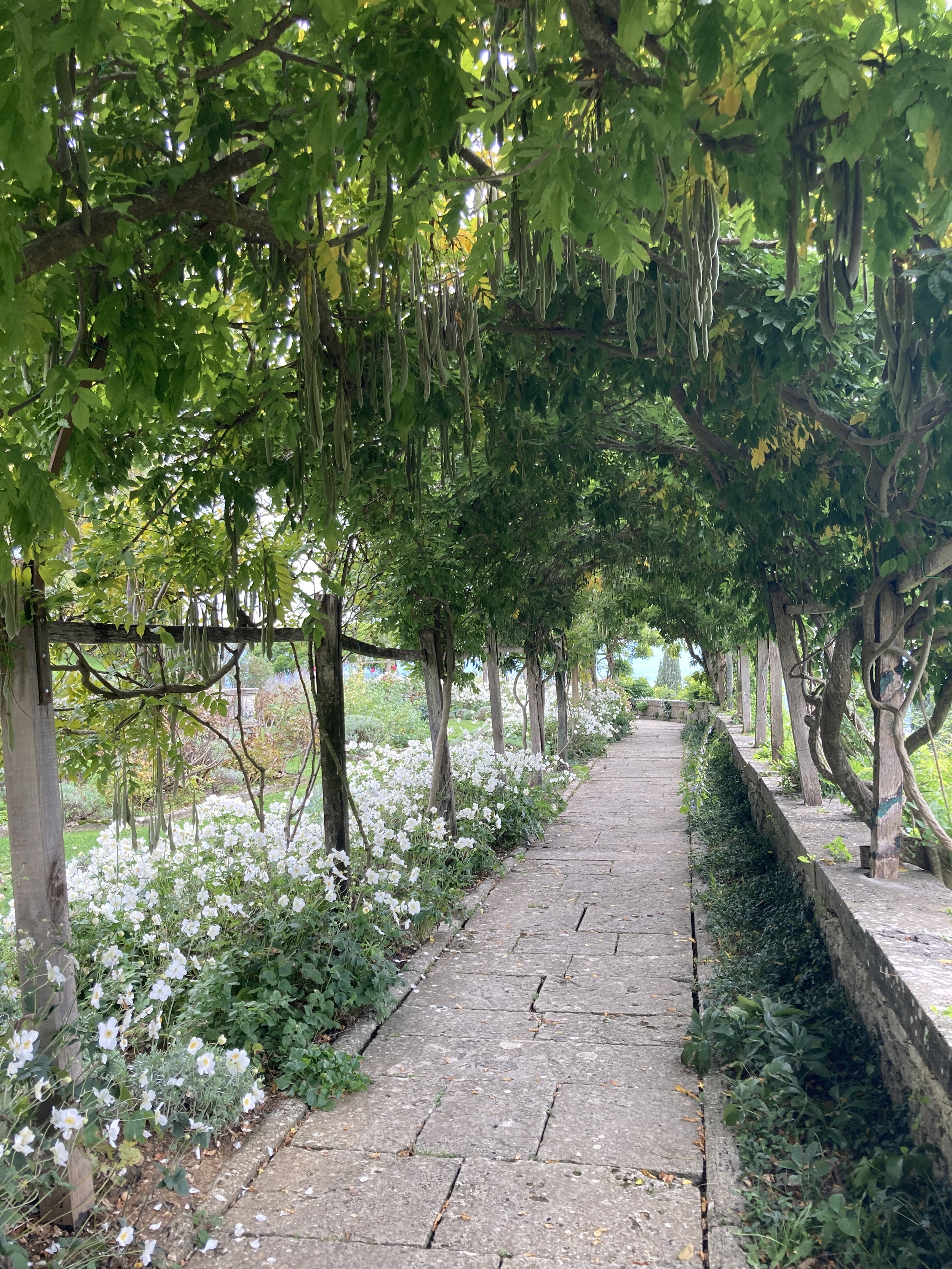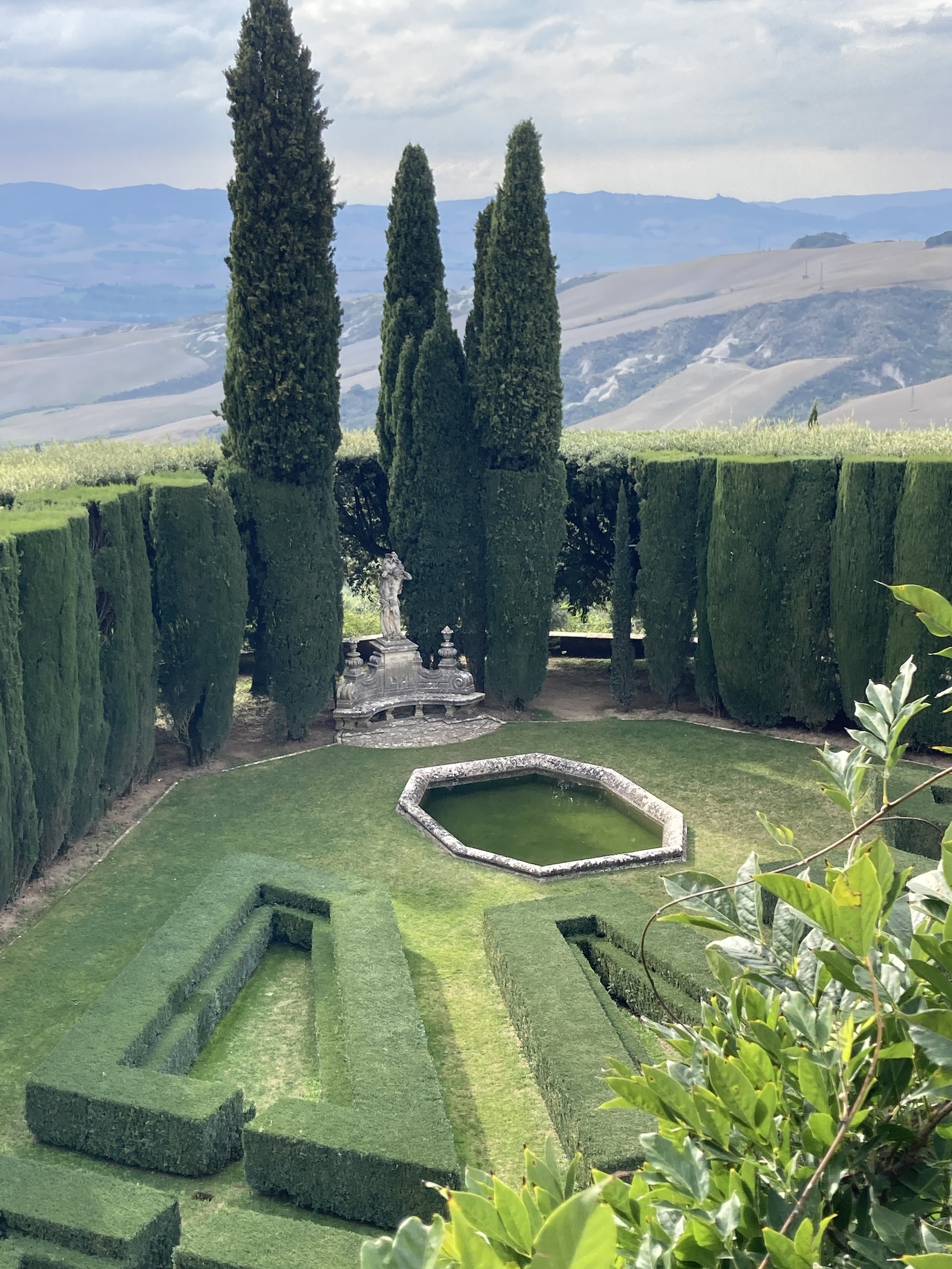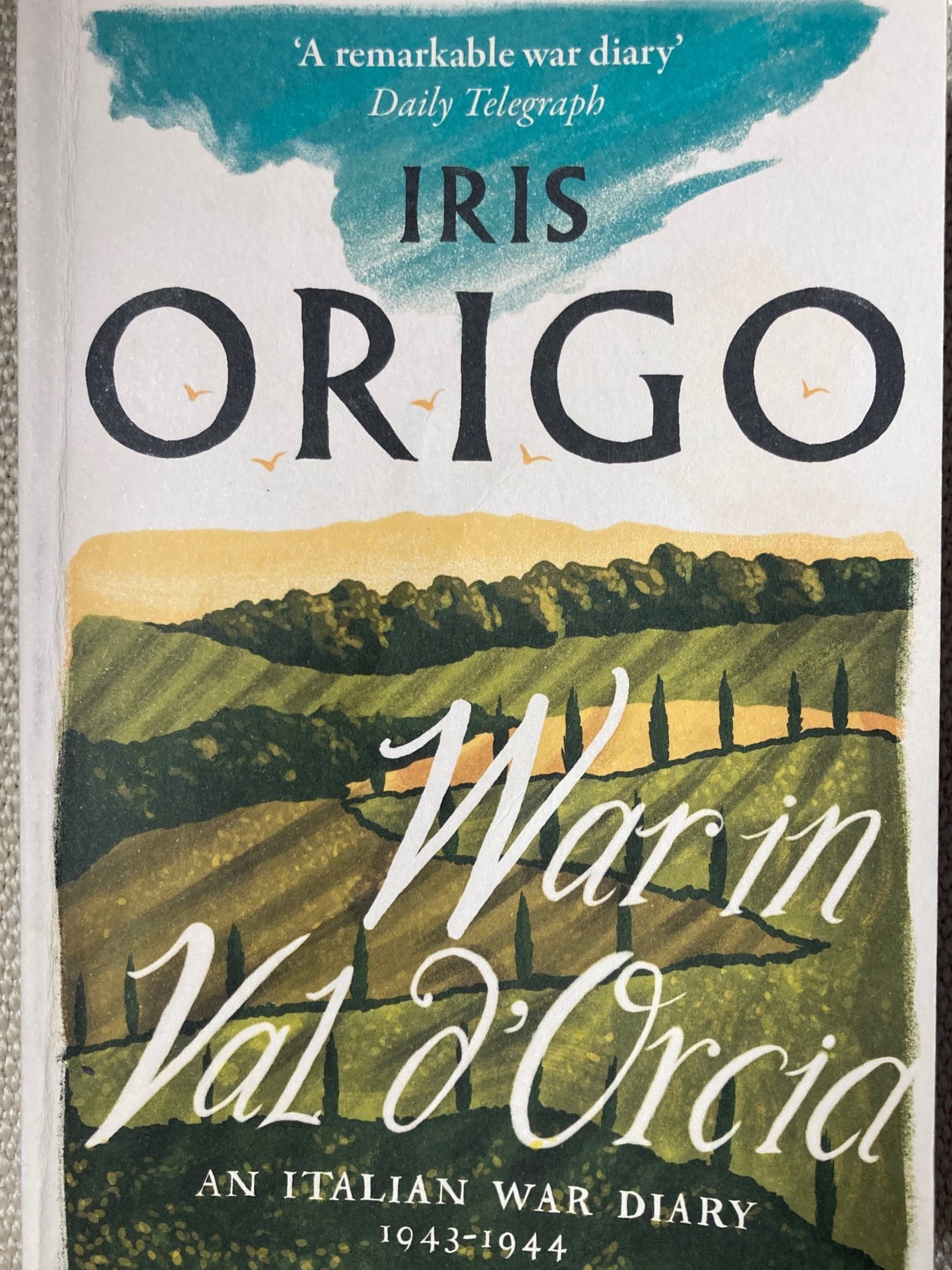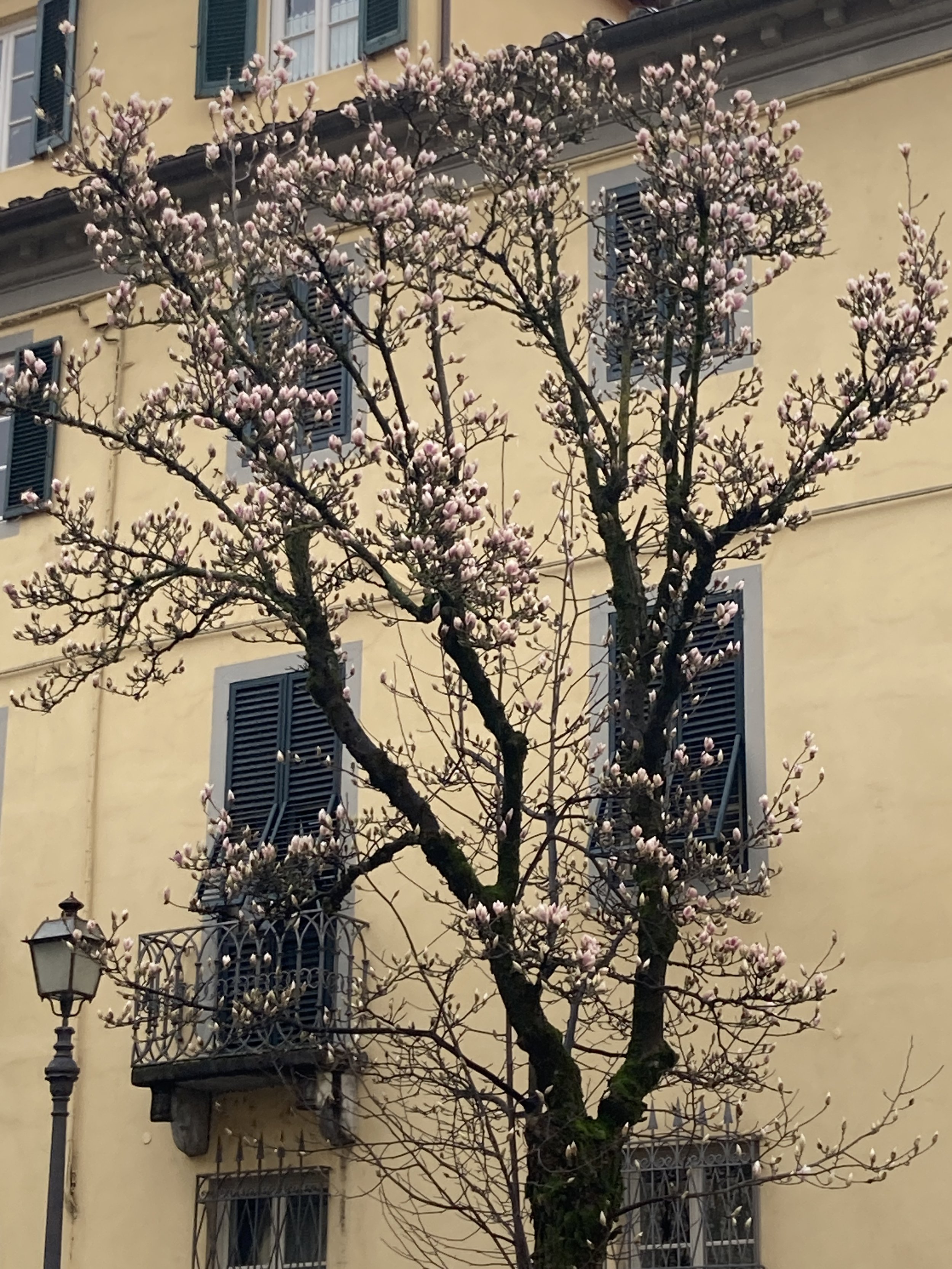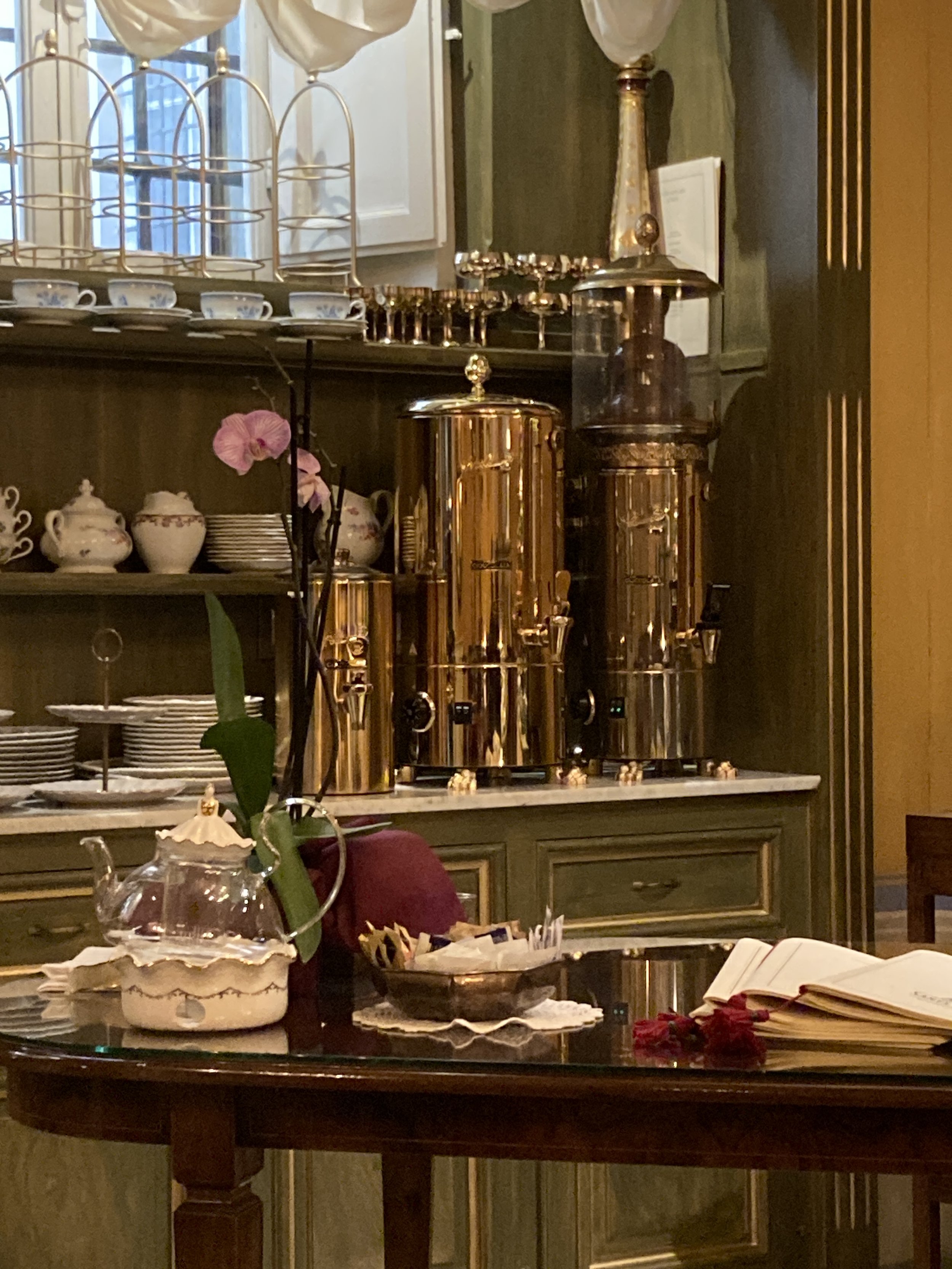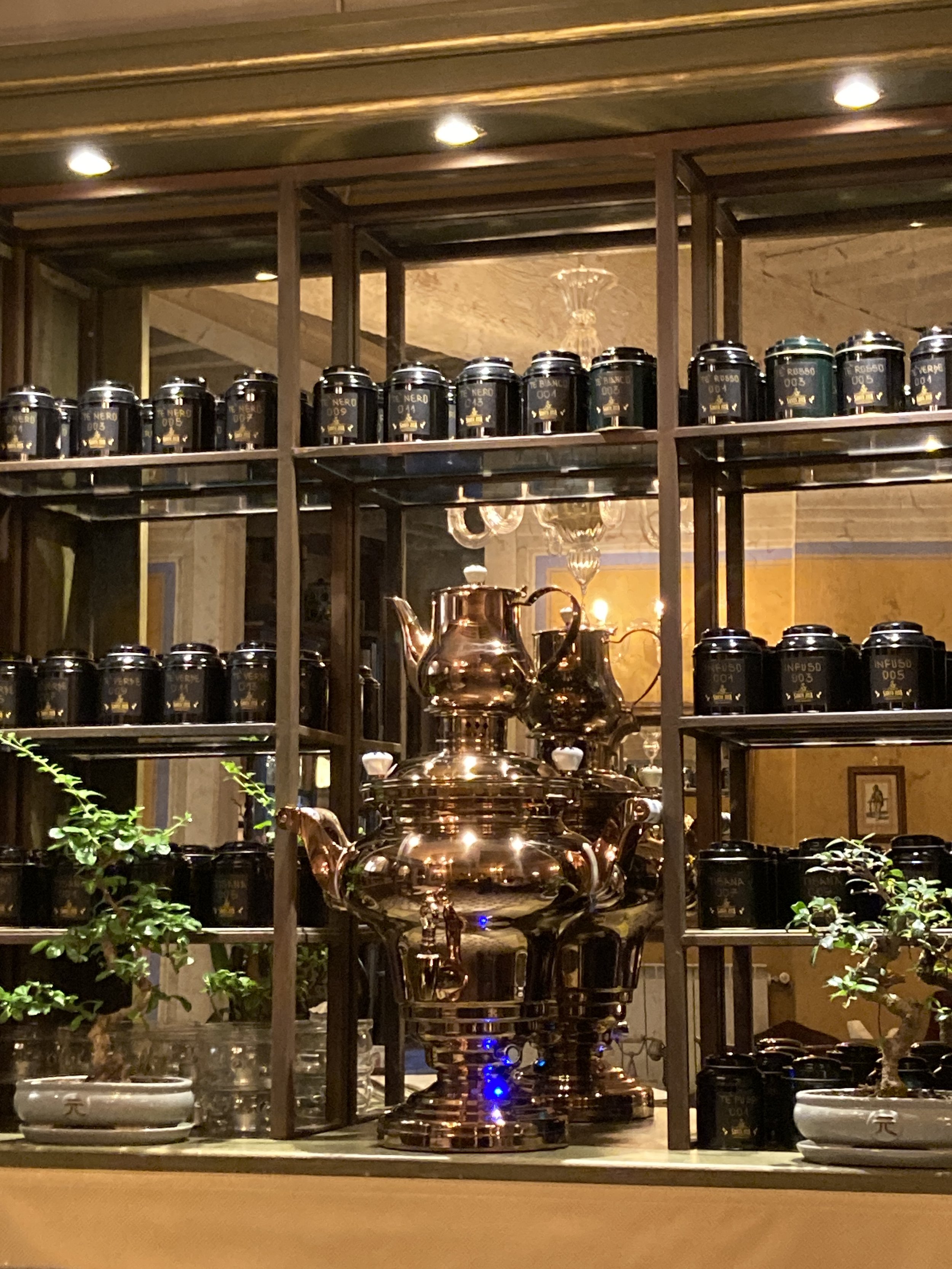April Holidays in Lucca
An Easter window display
In 2023, the month of April has more Italian national holidays than any other month this year.
That’s in part because the two Easter holidays fall in April – Easter (Pasqua) on April 9th and Easter Monday (Pasquetta) on the 10th - both national holidays.
And then, on April 25th, Liberation Day marks the end of World War II in Italy. The role of both the Allied soldiers (including the American Buffalo Soldiers who liberated Lucca) and the Italian Partigiani (the Partisans who fought against the Nazi forces and the Fascist government) is remembered with brass bands, speeches, and the laying of a wreath at the war memorial. (photos below courtesy of A. Cummins)
Here in Lucca those 3 big holidays are not the end of the April celebrations as Lucca adds two additional local events. The first is another Liberation Day, always the Sunday after Easter. It marks the liberation of Lucca from the control of Pisa back in the year 1369. It’s always a favorite event full of medieval costumes, drums, flags, and pageantry. It may not be a national holiday, but it’s a big deal here in Lucca.
The second holiday is the Feast of Santa Zita, one of Lucca’s patron saints. Santa Zita, whose remains rest in a glass coffin in the church of San Frediano, is known for her great piety and several miracles. In the best-known miracle she was confronted when taking some leftover food from the house in which she was a servant and giving it to the poor and hungry of Lucca. The food was smuggled out in her apron. When the head of the household demanded to see what was in her apron, she opened it and out tumbled not food but flowers. A miracle! To this day Santa Zita is celebrated with flowers each April 27th. (For a more detailed description of Santa Zita and the miracle of the flowers, follow this link to a previous blog post https://www.twopartsitaly.com/blog/2019/4/17/the-miracle-of-the-flowers).
Each April 27th there is a special mass in San Frediano, the church where she worshipped, where her coffin is surrounded by flowers, candles, and robed guards. The scent of the flowers fill the church. Pass by, drop a coin in the basket, touch the casket (that must be good luck, right?) and collect a prayer card. It is a ritual unique to Lucca. Outside of the church, a beautiful island of flowers is created for the week of her celebration. This makes Piazza San Frediano the perfect place to sit for a morning coffee while enjoying the view and the mild April weather.
Also in honor of Santa Zita, in the nearby Piazza Anfiteatro, a colorful flower and plant market fills the square. Locals come to buy plants for the garden – roses, azaleas, hydrangeas, annual flowers, herbs, citrus trees, tiny cactus plants, and bulbs. The displays are a kaleidoscope of color.
My favorite displays are the small vignettes created – a pretty pot of flowers on an old chair, lanterns and baskets surrounded by flowers, antique demijohns in a garden setting. The Santa Zita flower displays are a highlight of spring and one more reason to plan an April visit to Lucca.


